Musical description taken from the programme of the Théâtre des Champs Élysées.
"LE MARIAGE DU CIEL ET DE L'ENFER" is constructed like a long suite, the different phases of which generally interpenetrate each other.
After a short warm-up, with a piece revolving around a haunting cello phrase, against a background of whispers and feedback, L'ÉCOLE opens the ballet: bursts of grandiloquent tutti, from which the brass and then the distorted bass emerge. All of this is suddenly resolved into a simple bass line and a dialogue of acoustic guitars on which violin, piano and lyrical brass are grafted, before finally returning to a more solemn climate for keyboards and orchestra.
PIER PAOLO PASOLINI opens the nine gates of Hell: over a jerky piano; regular in tempo, irregular in accentuation, ART ZOYD begins a new succession of tutti, but these soon fade into more nuanced climates around a languorous cello phrase, until the appearance of a repetitive motif-couperet that quickly drowns in a cluster of eight cellos played over harmonics.
THE DANCE OF SEDUCTION by the snake-women: two organs, two bass drums, two bells, an electronic chime and two pianos are layered on a carpet of high-pitched, saturated percussion, very close to ophidian sounds, in a constant conciliation that becomes radicalised and mechanised at the end of the piece (Fragment 1).
Through the laughter of children, JAMES DEAN evolves on a piano pulse and bursts of trumpet, in a climate tautened by the presence of an unshakeable metronome, a climate that unfolds brutally during THE MEETING with Pasolini : On an electric bass rhythm - electronic marimba, treated trumpet and choirs - the music goes wild, until the exposition, first by the organ and then gradually by the orchestra, of a tormented but voluble antiphon (Fragment 2).
This is followed by a lull where a faster metronome appears, or rather, two shifted metronomes, accentuating the fluctuation of the original pulse, on which a long variation is inscribed
on a cycle of 31 beats, irregular enough to create a sense of unease, cyclical enough to make its unfolding seem implacable and hypnotic, leading James Dean into a final engulfment in which the cycle splits in two against a background of clattering, weeping and gasping (Fragment 3).
The cycle of Death begins: its appearance with the
OISEAUX DE LA NUIT, is supported by a heavy bass drum and marimba rhythm. The deliberately oriental melody underlines the ophidian and tentacular character of LA DAME EN NOIR, accentuated by the harmonics of the cello which, when the music stops, accompany Death's solitary evolution.
After the pas de deux of LA DAME EN NOIR ET SON OMBRE begins one of ART ZOYD's pieces, in which the interpretation of the mix is as important as the musical execution itself: the repetitive sequence (keyboards, alternating glissando/bass harmonics), mixed with long brass stridencies, gradually disappears, as if the piece were coming to an end, but then starts up again. We have to wait for the third attempt, which, after a very biting song from the cello and brass, persists in a chorus reminiscent of Orthodox chants, while Death, after several attempts, also carries off Pasolini.
Pasolini.
LA BAGARRE: after a short opening by the piano, percussion parts and more ethereal moods follow, and in the last percussion part, distant cries announce a very refined dialogue between the piano and the organ, one on an avatar of the 31-beat cycle, the other on a 23-beat, the two, consequently, gradually shifting, finally disappearing.
After the solitude of L'HOMME DANS L'OMBRE and its piano arpeggios in a stripped-down arrangement, his PAS DEUX opens with a very rich rhythmic pattern that is deliberately smoothed out by the multiple layers of sound; this is followed by two themes, an initial, more electro-nic version of which is extended by a very acoustic version, with a clear predominance of strings. Finally, a slight rhythmic figure provides a pretext for a cello solo, in which classical technique is combined with a clear work on sound: bowing more or less close to the bridge, work on harmonics.
LE FOU: this piece is presented as an exaggerated extension of James Dean's solo, the rhythmic structure is the same, but if Pasolini then aborted his evolution, here nothing interrupts it. Thus, on a cycle of 10/8 - 9/8 - 9/8 - 9/8 (piano and trumpet) (Fragment 4), organ, sax, sirens, electric bass and piano are stratified in 12/8, in a paroxysmal ascent (descent?) that culminates in a sort of perky little miniature, where percussion, bass, organ, then orchestra, support the regenerative song of LA FOLIE.
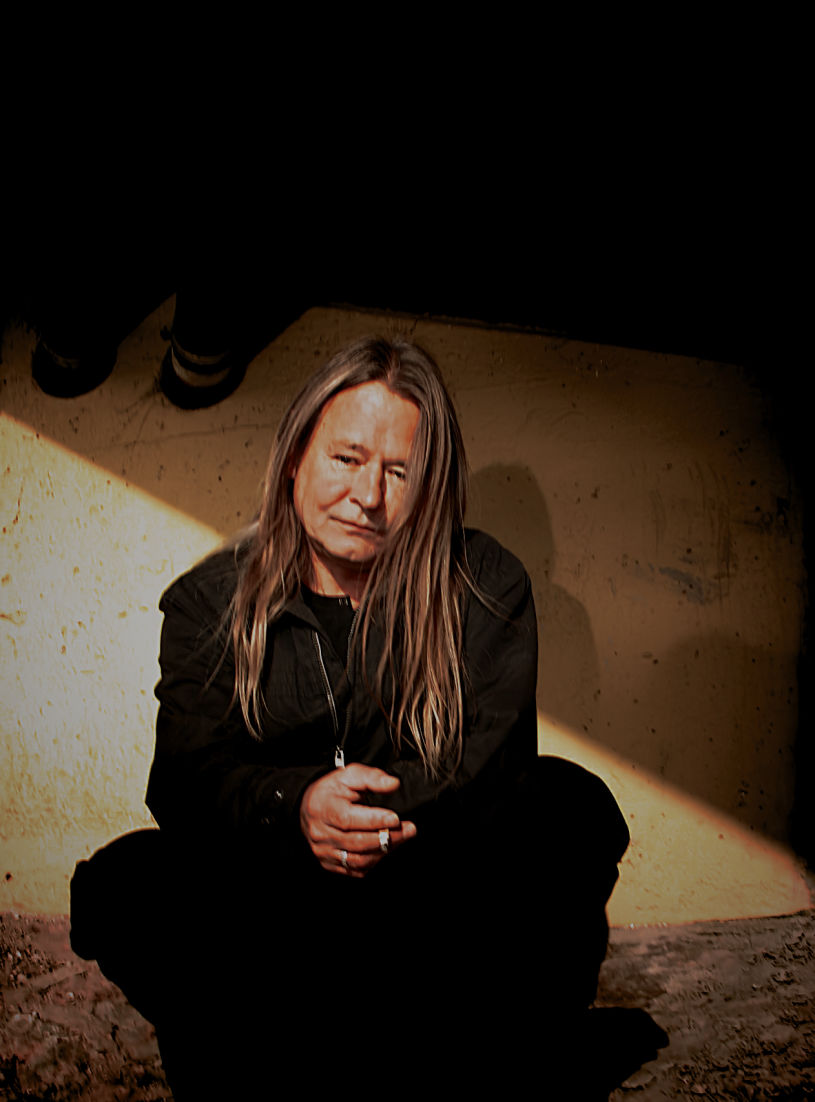
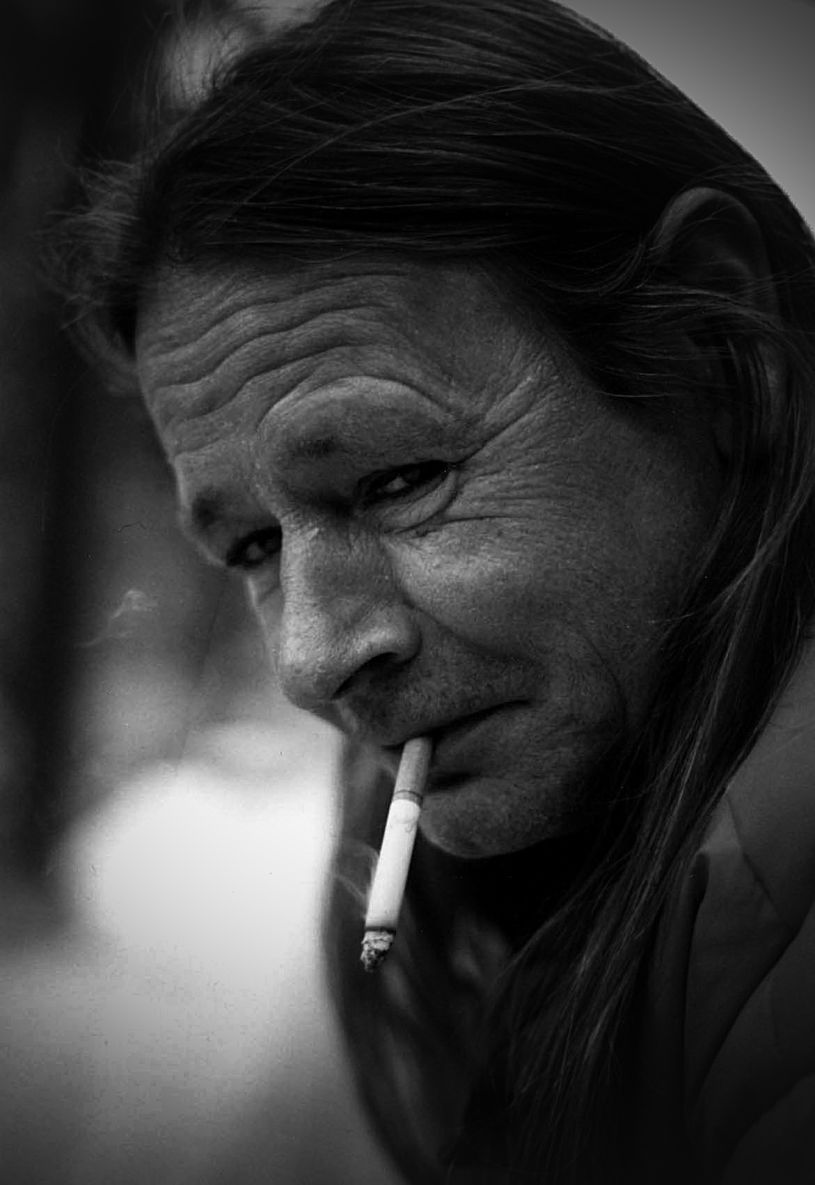
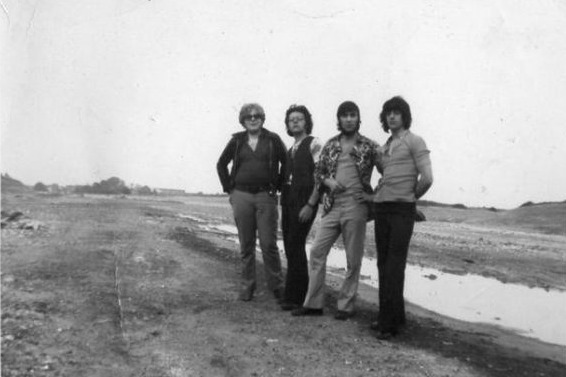
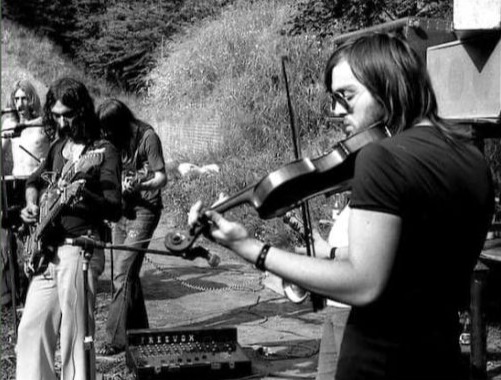
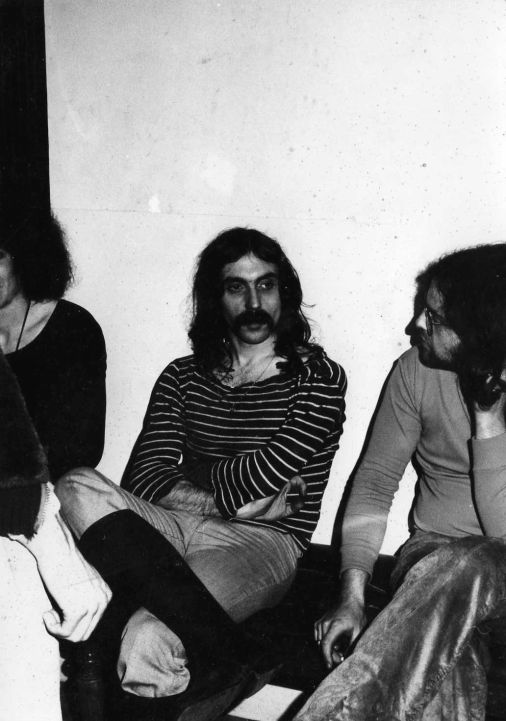
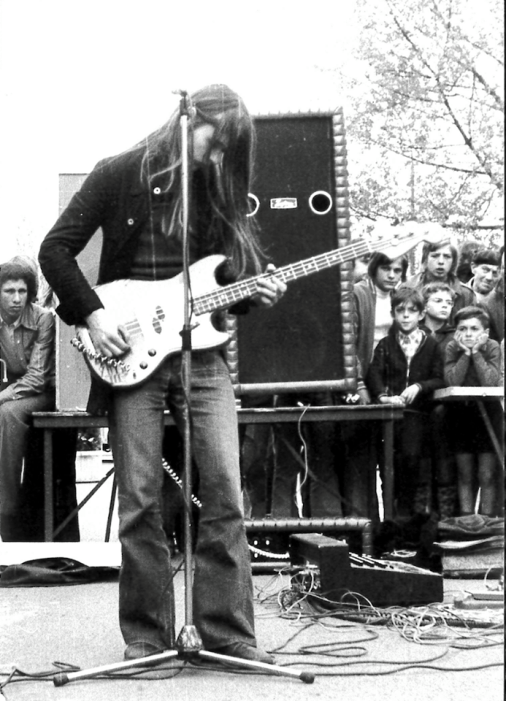
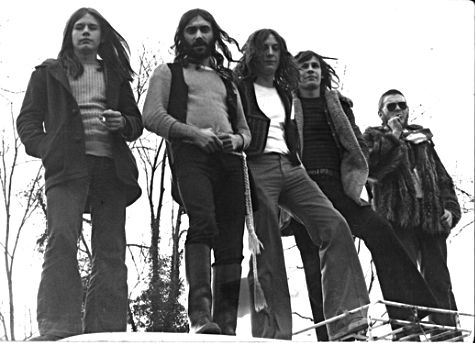
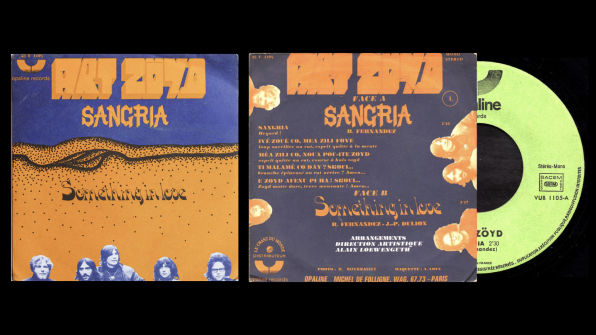
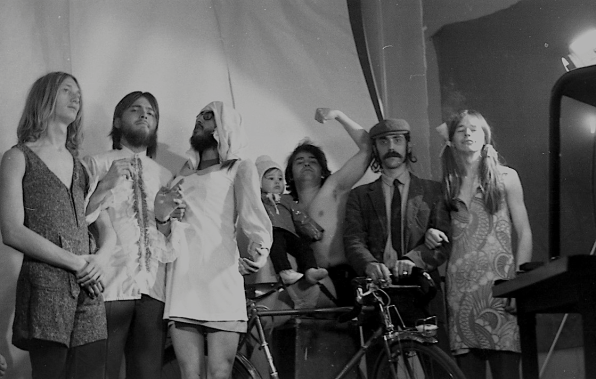
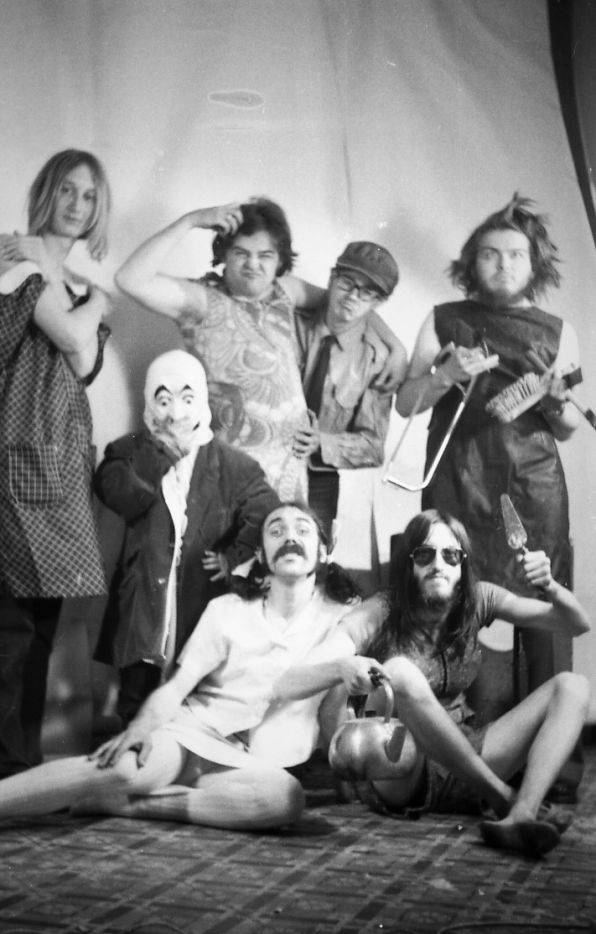
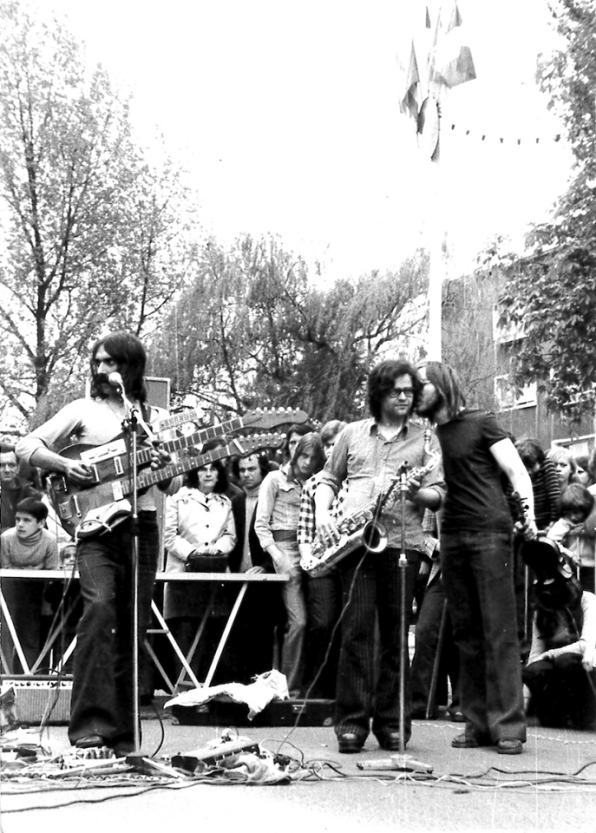
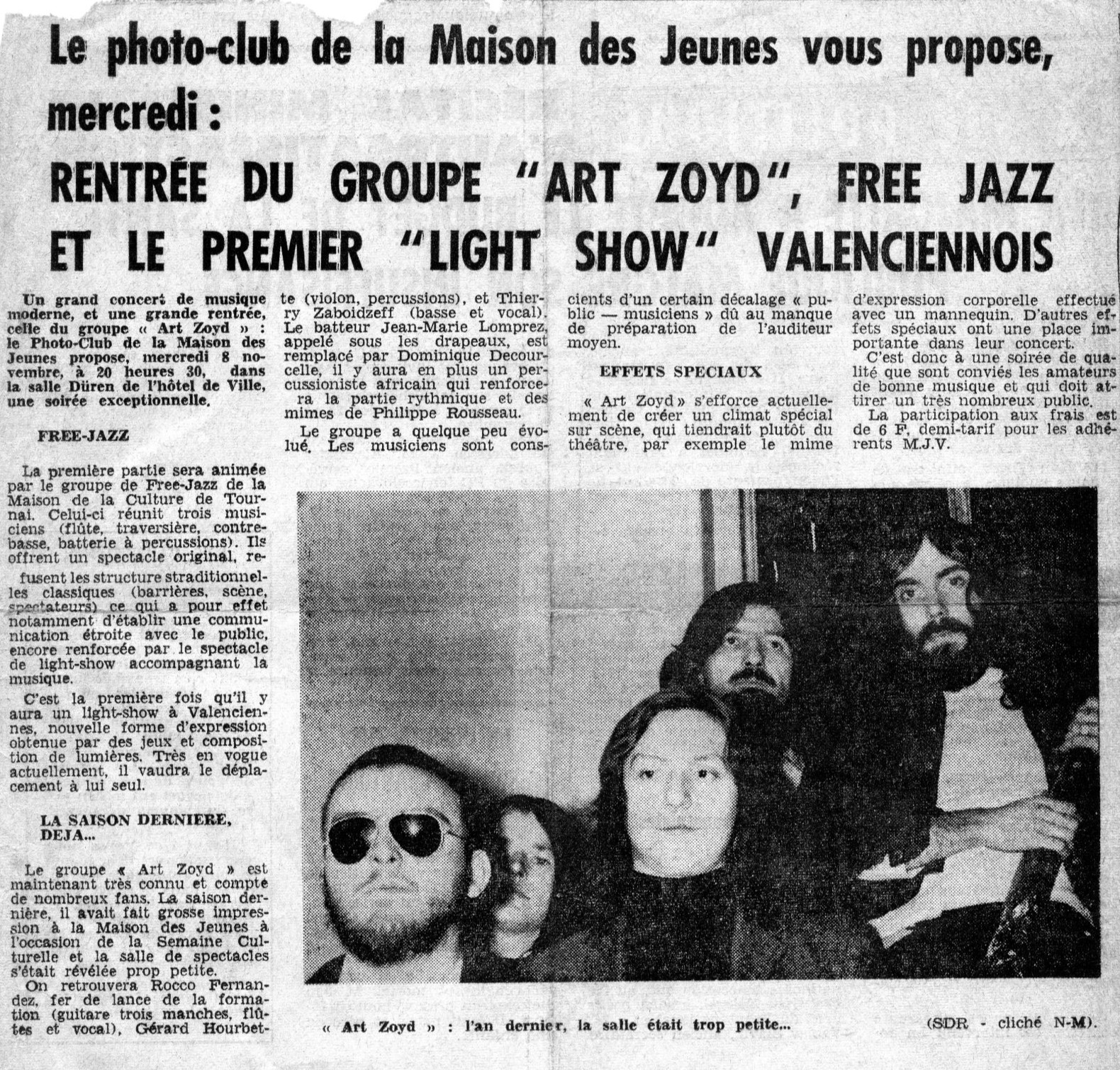
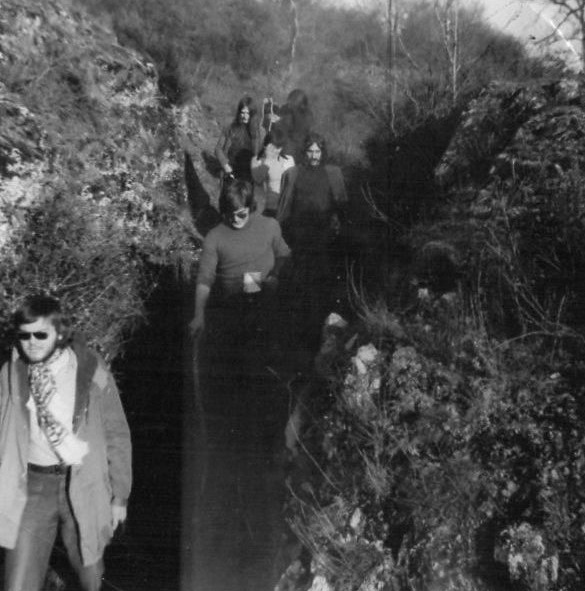
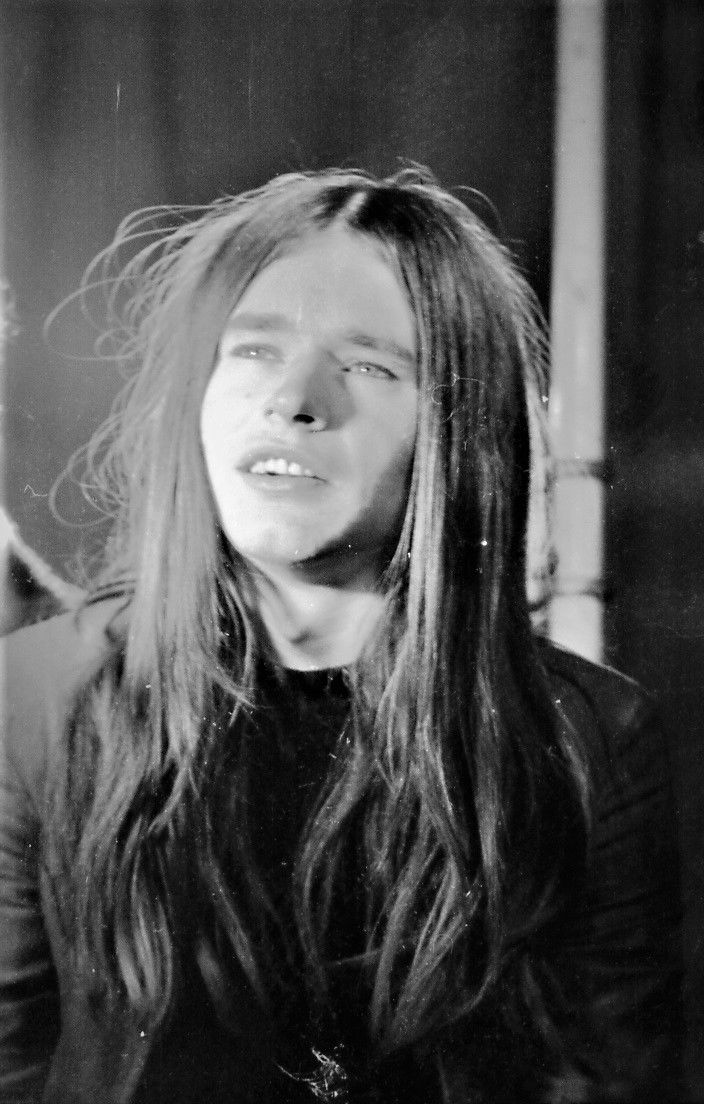
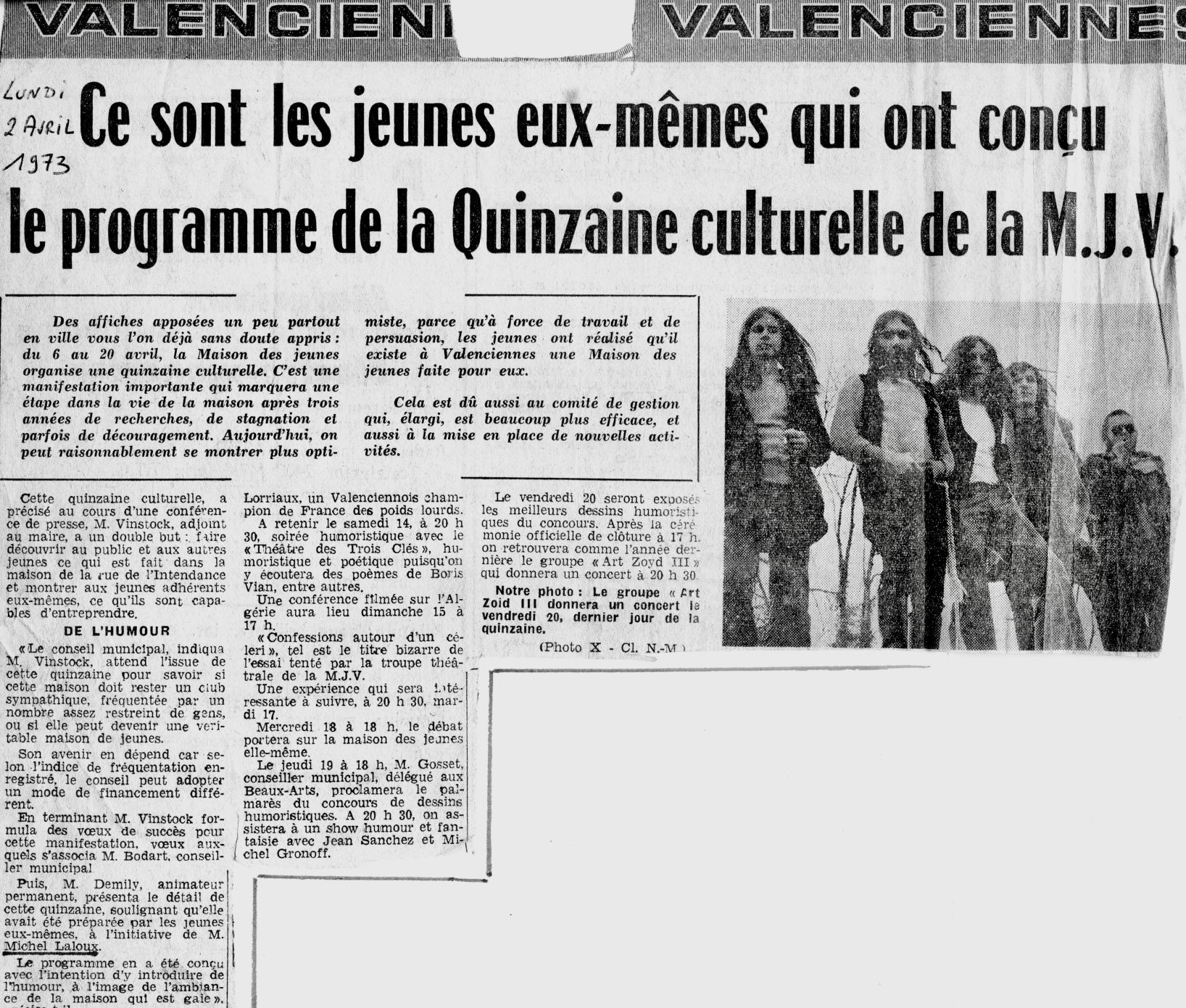
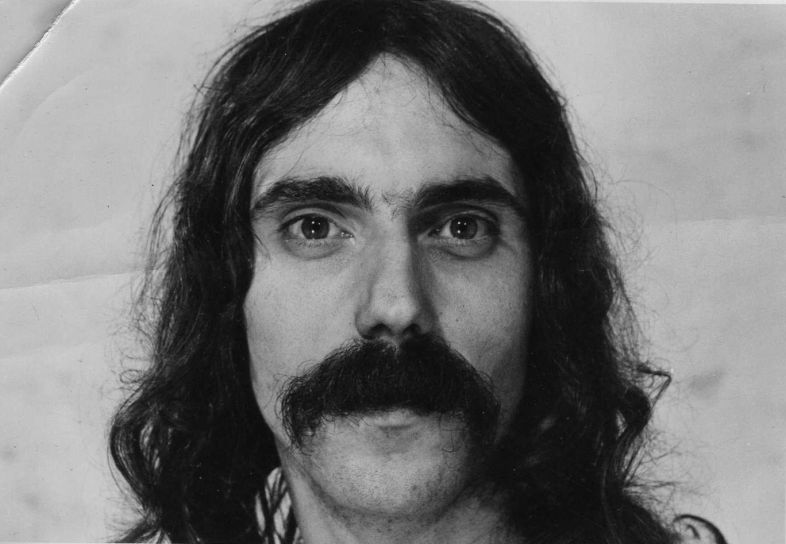
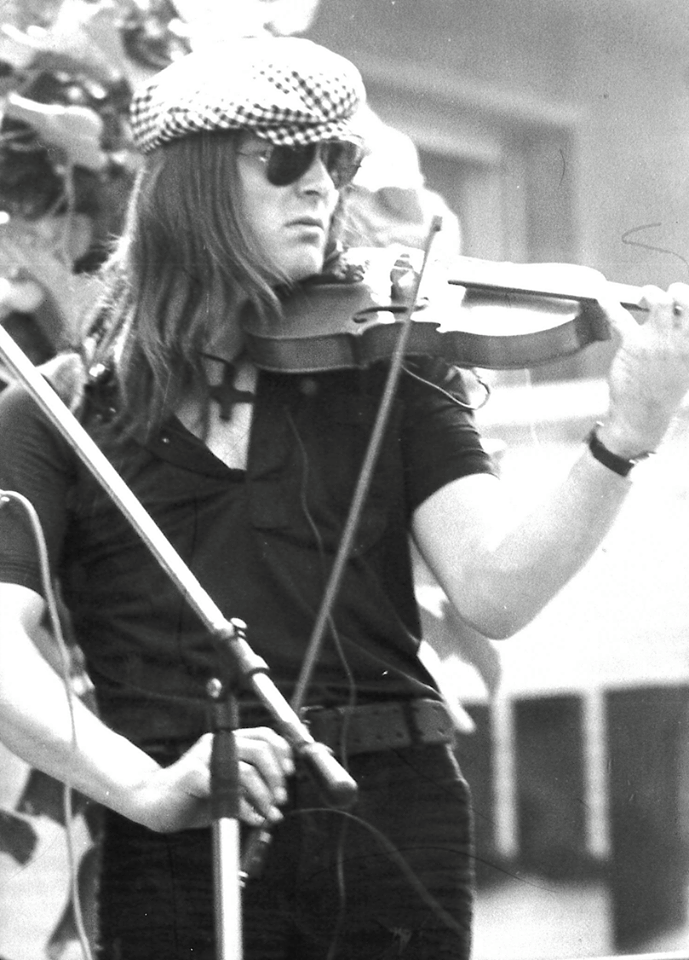
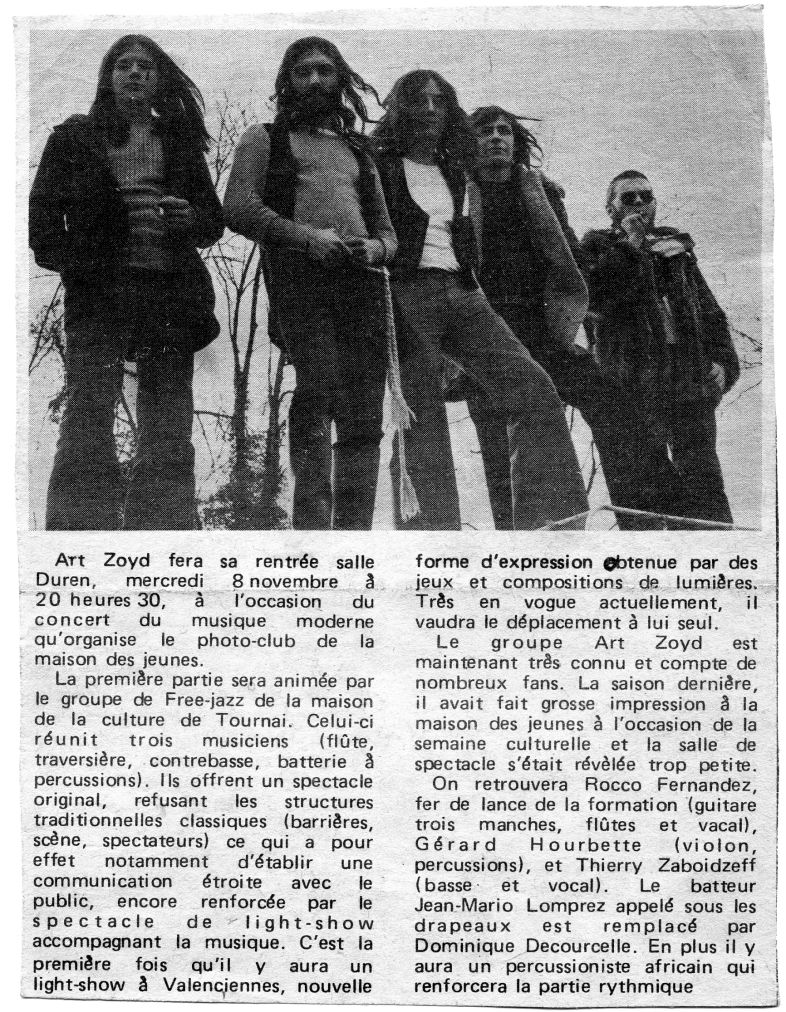
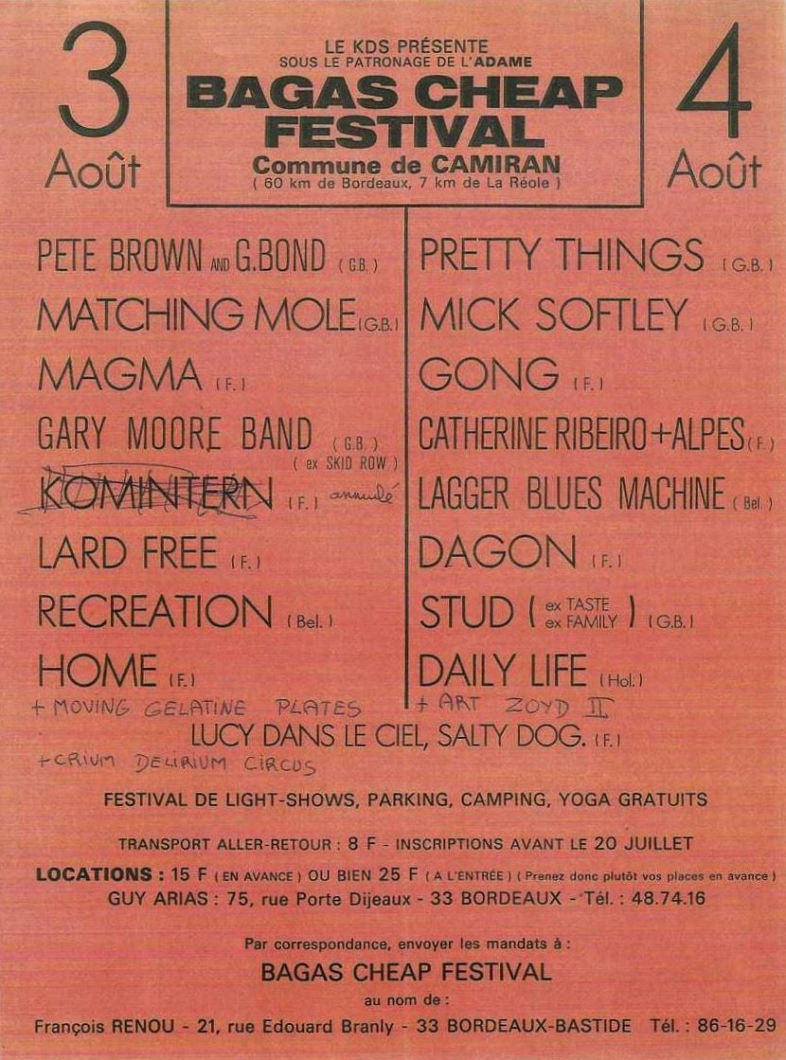
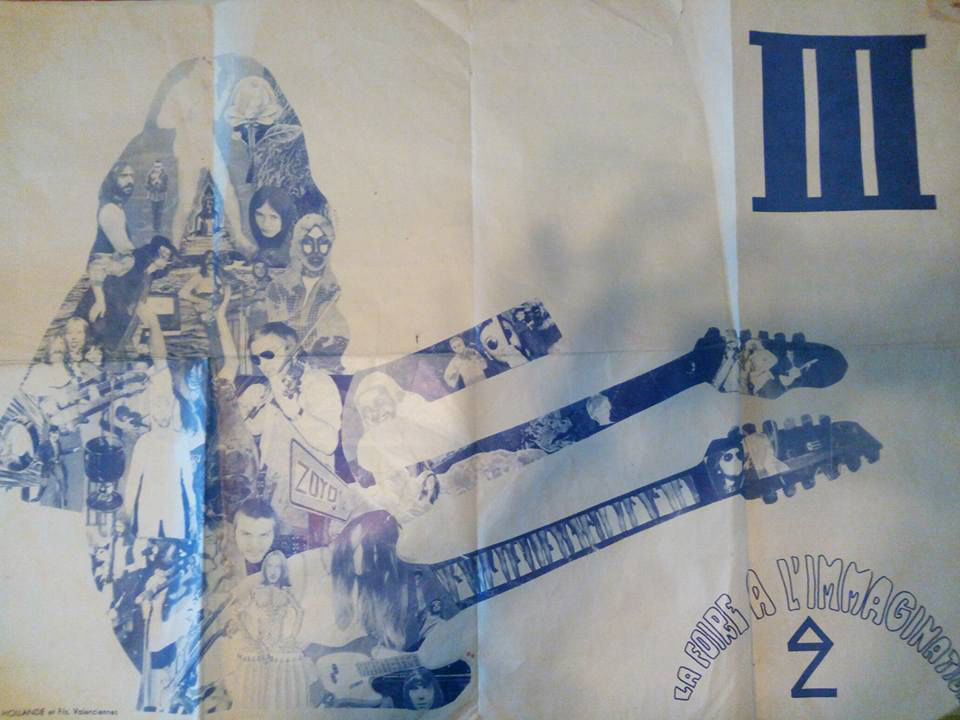
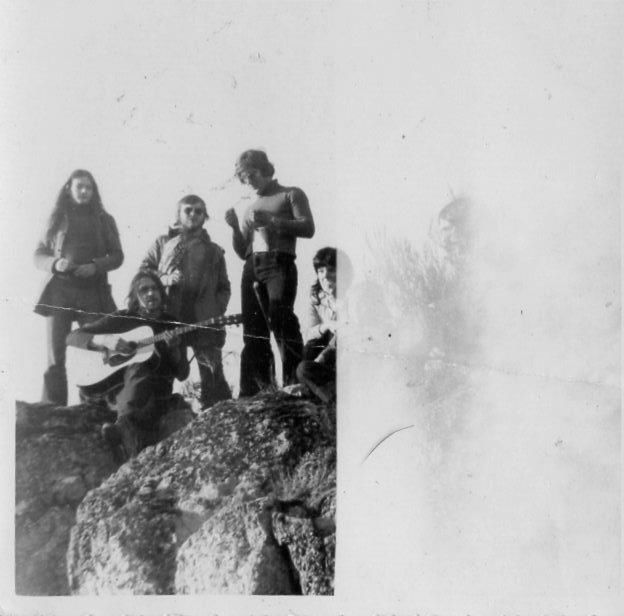
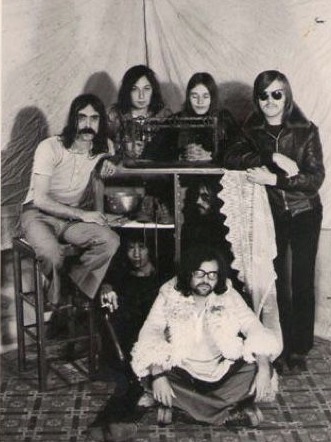
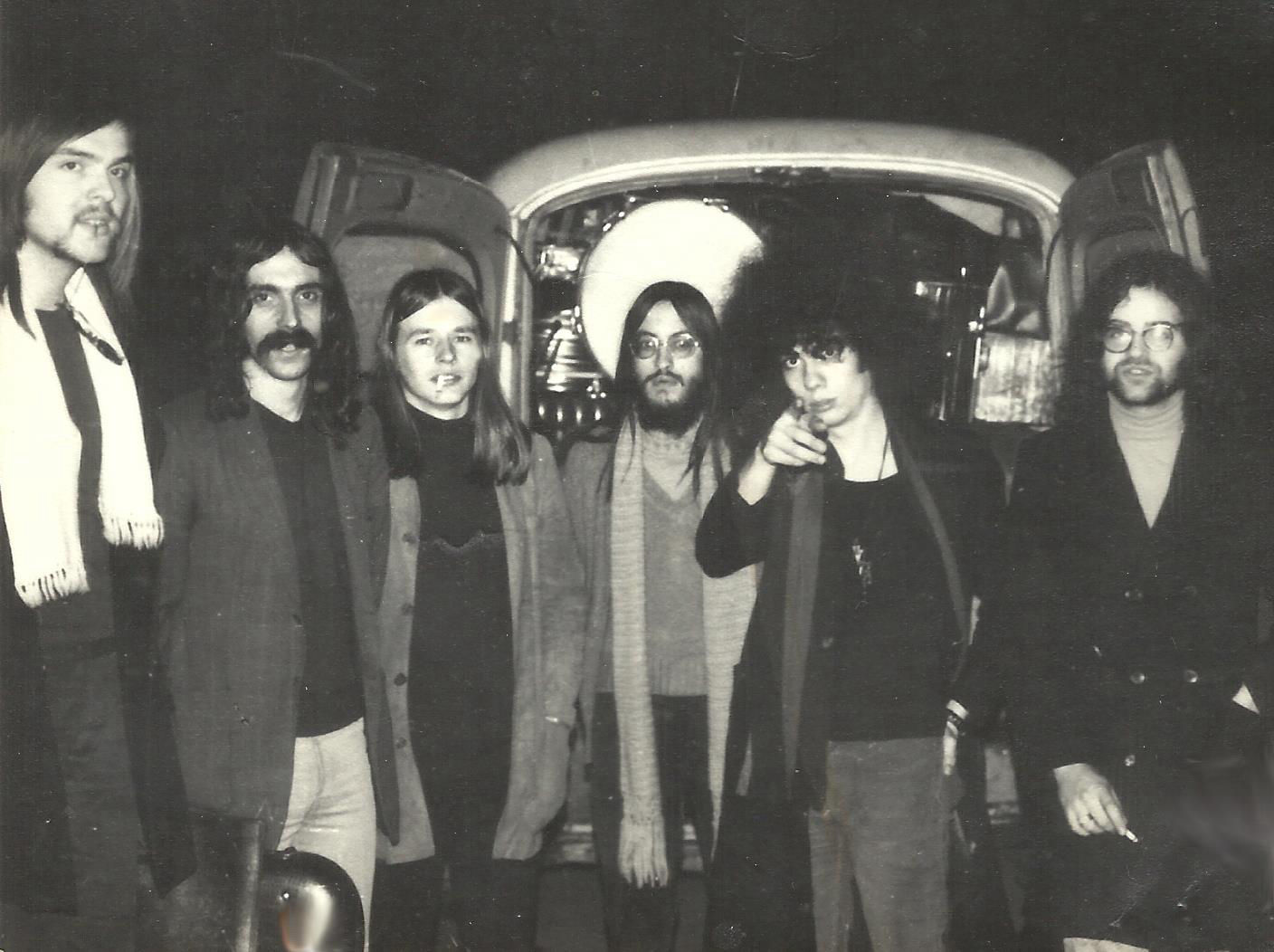
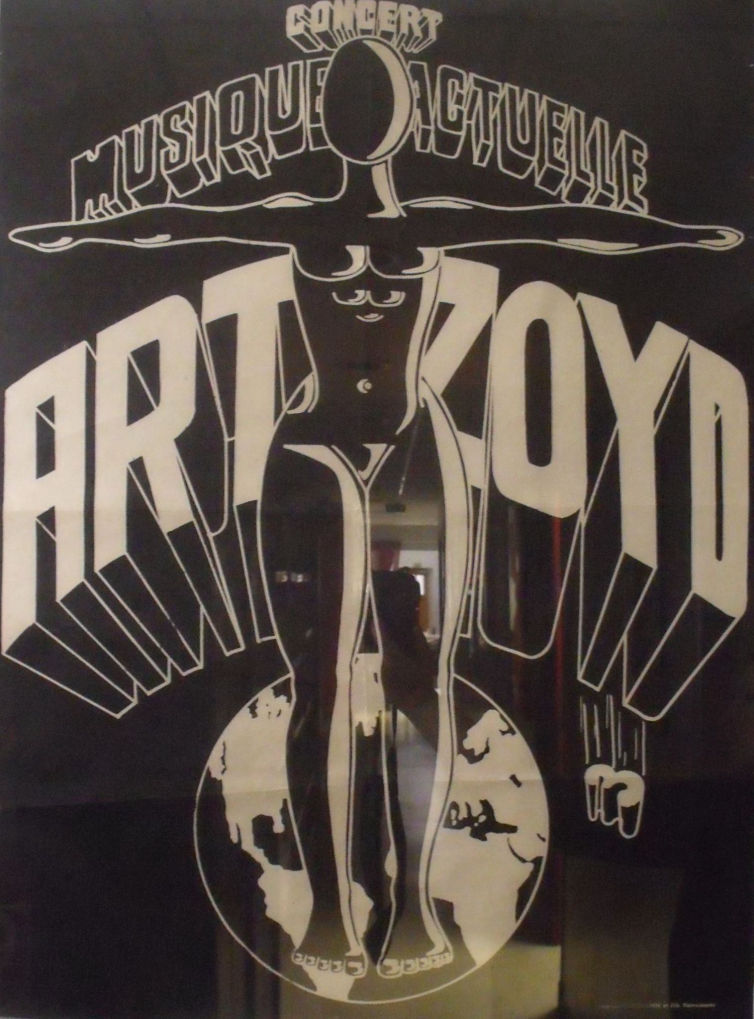
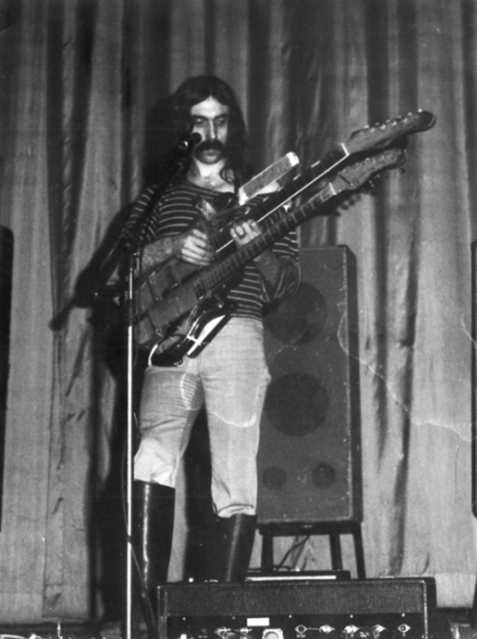
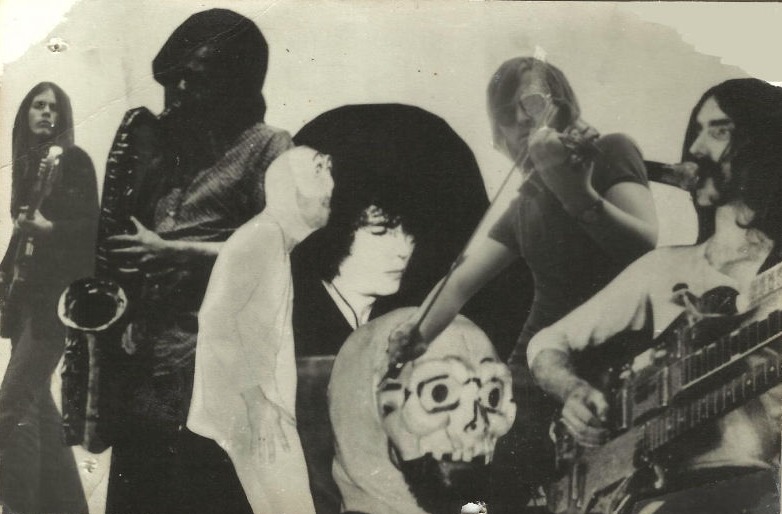
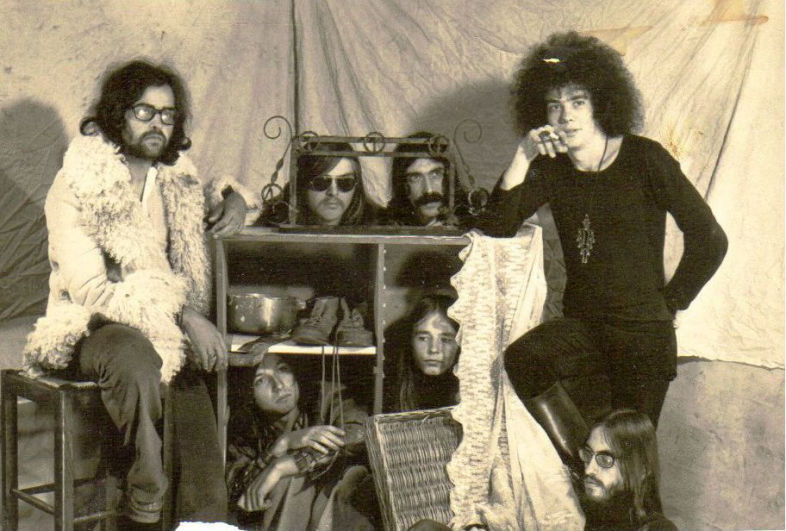
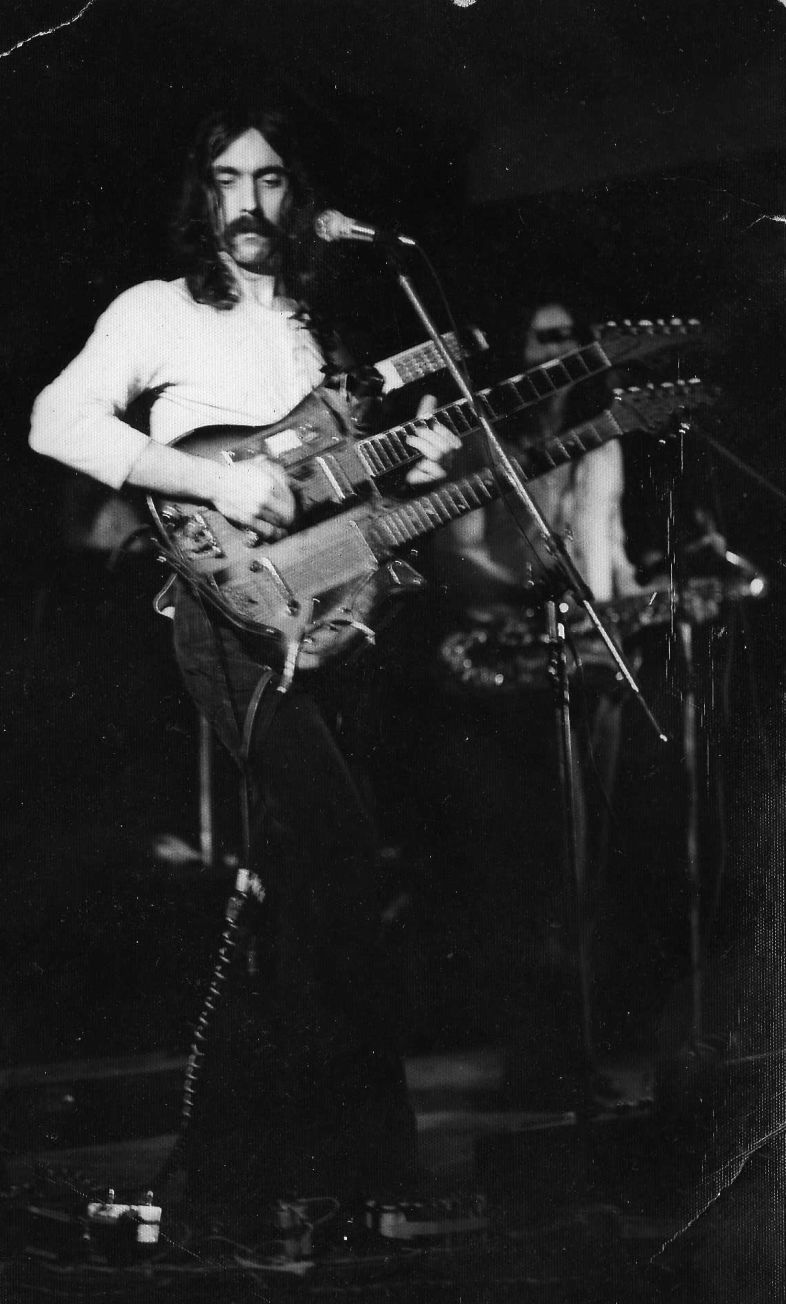
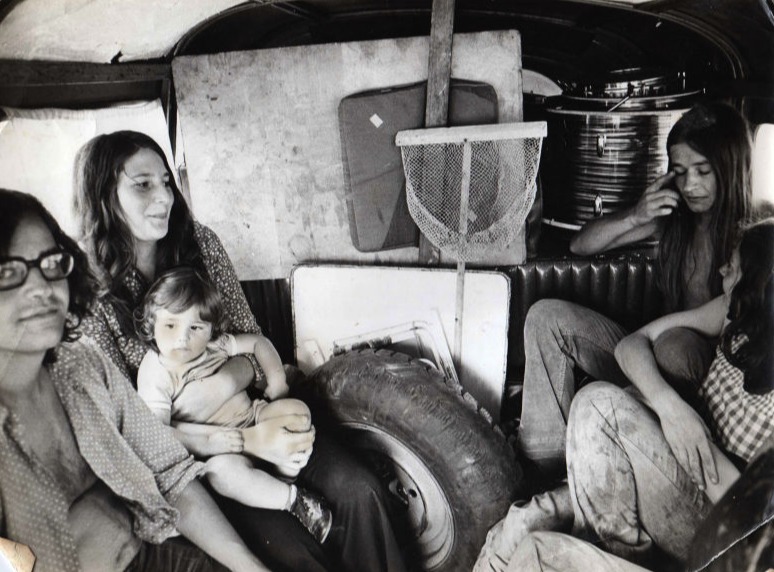
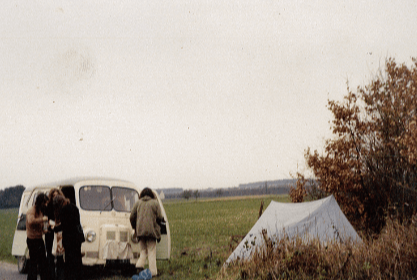
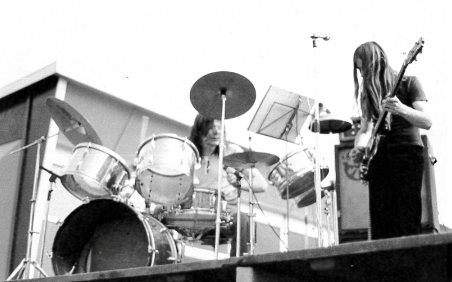
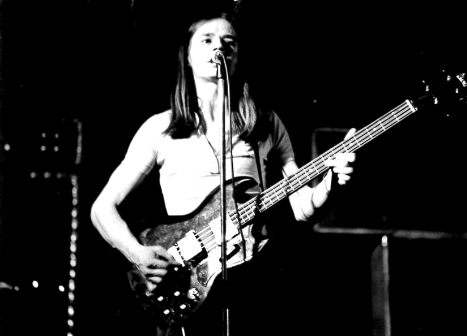
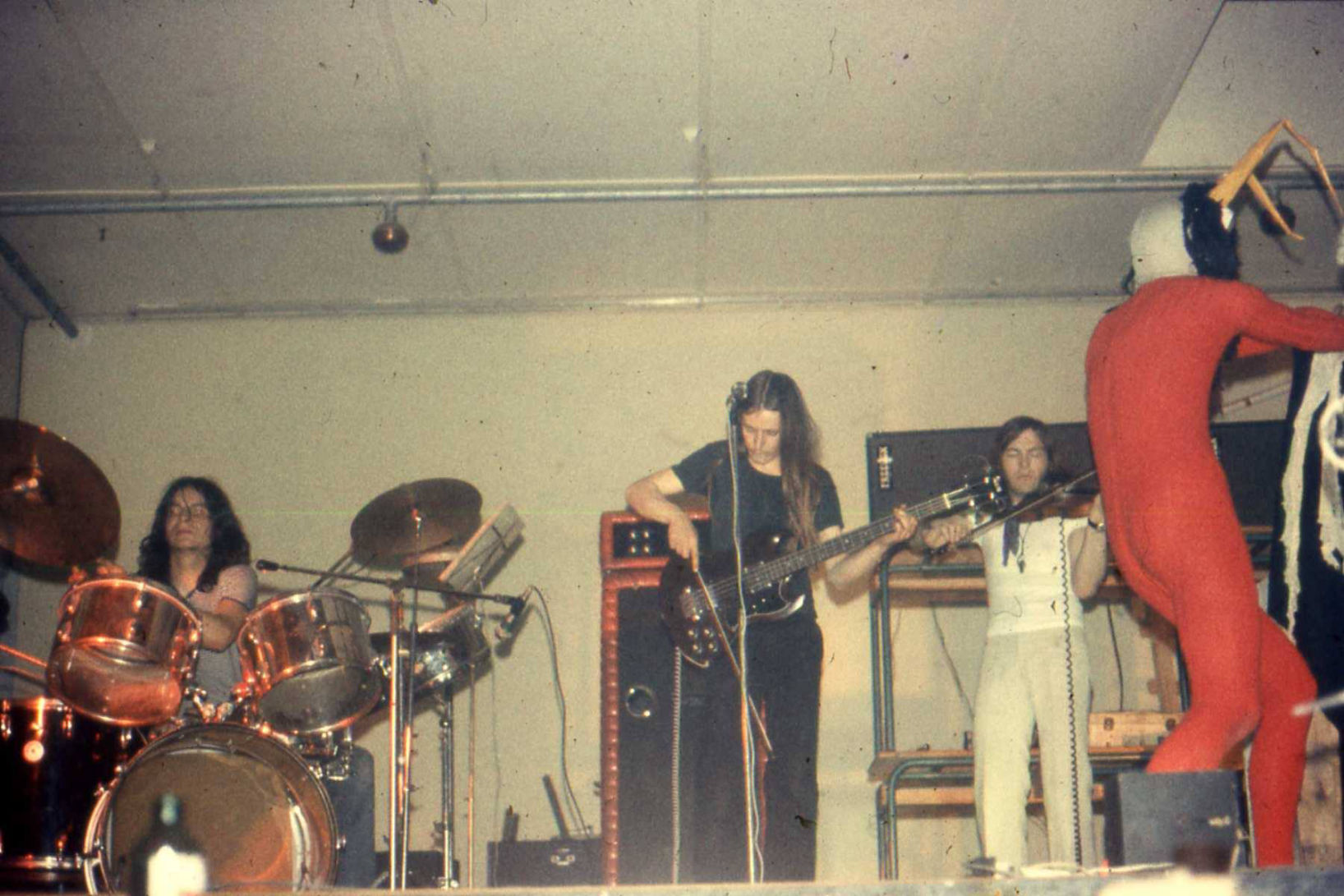
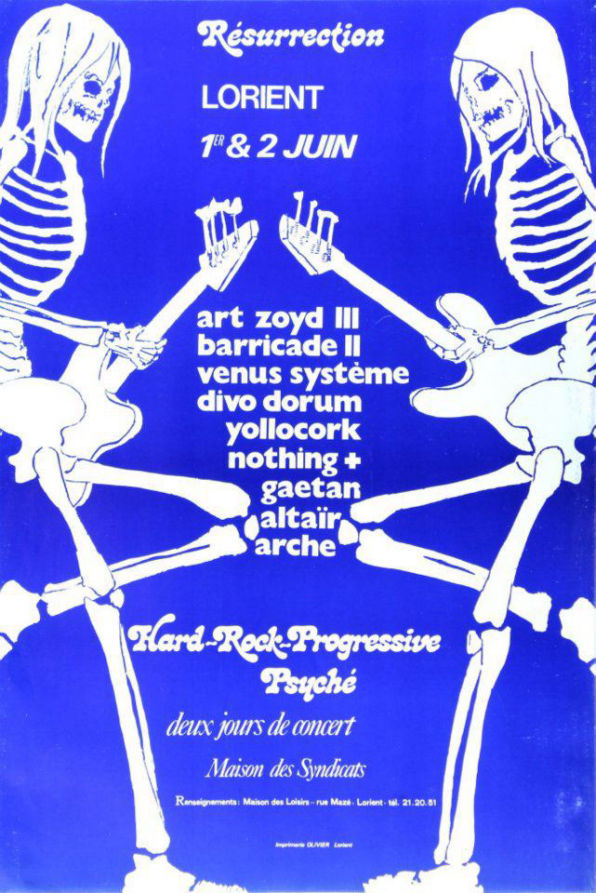
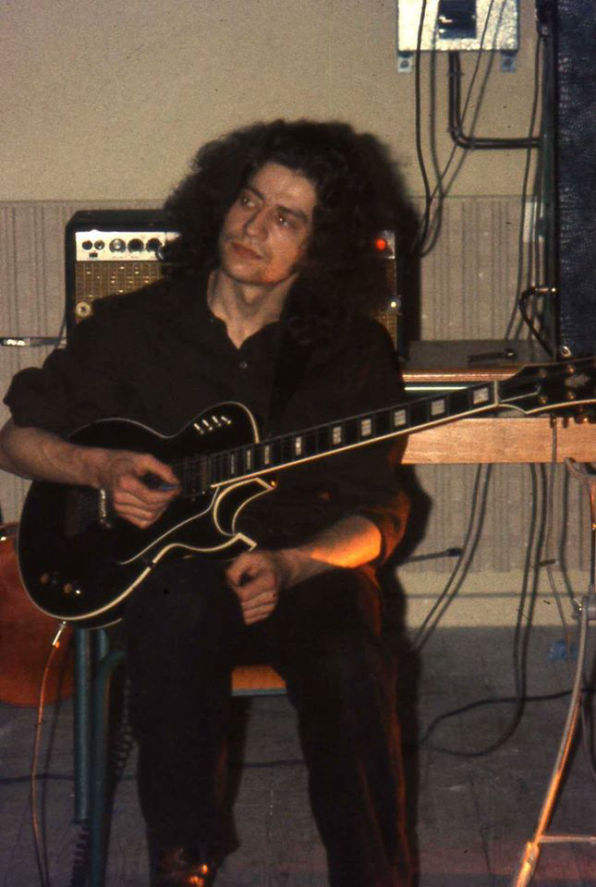
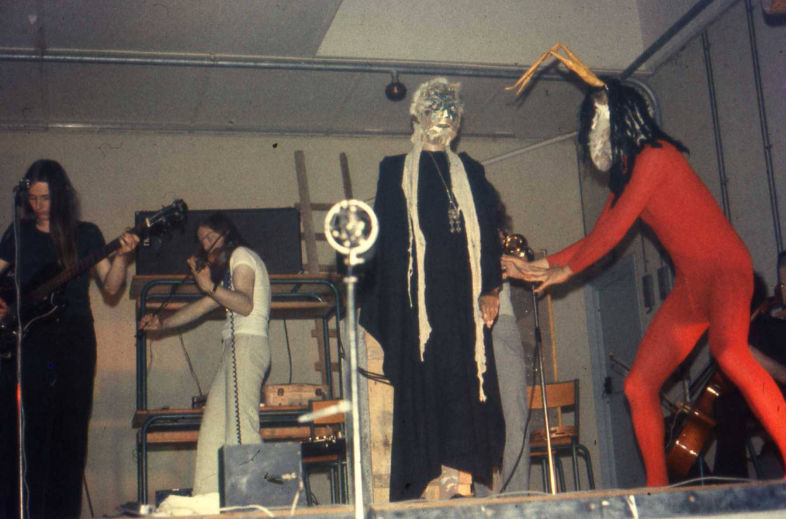
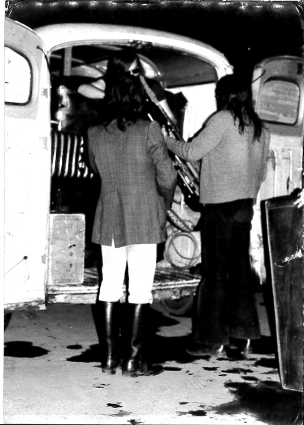
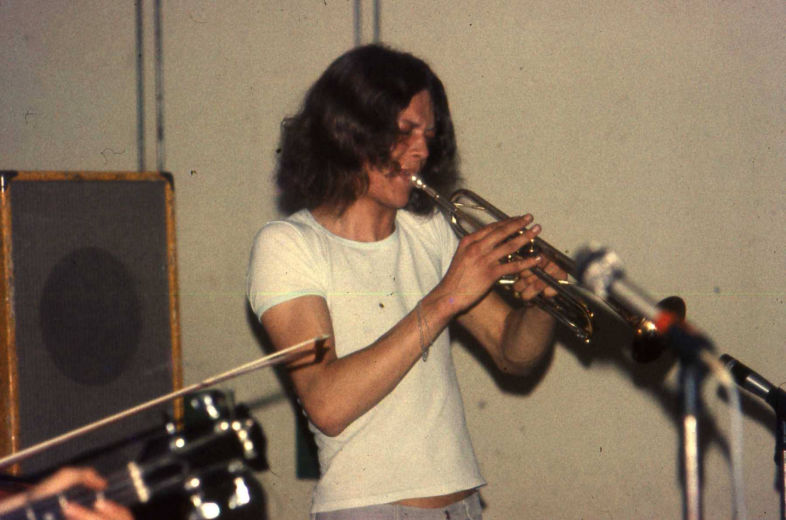
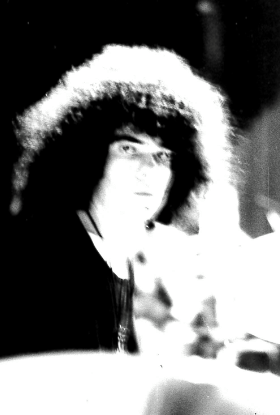
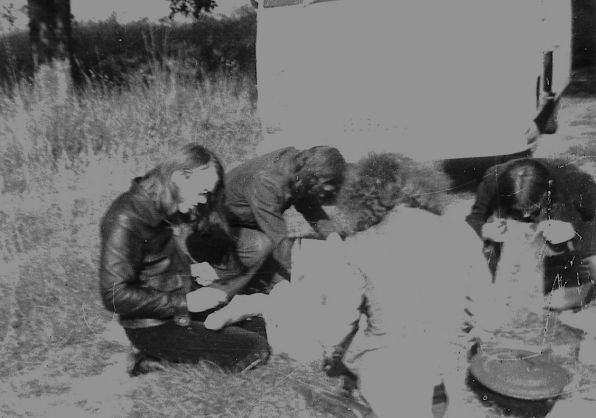
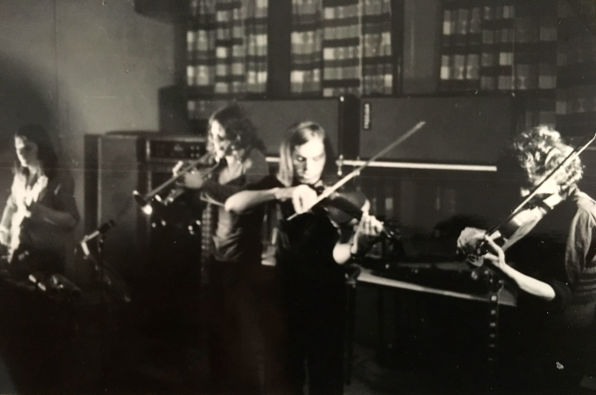
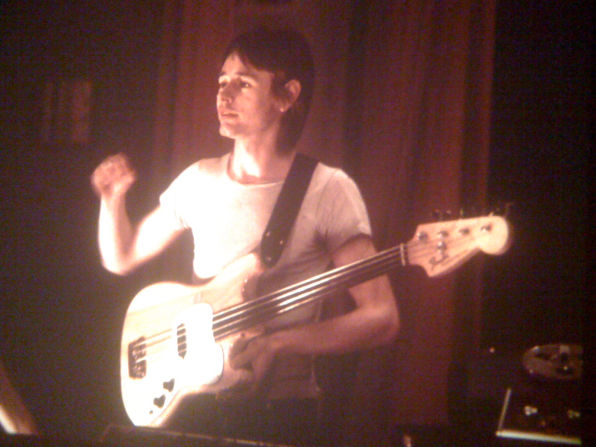
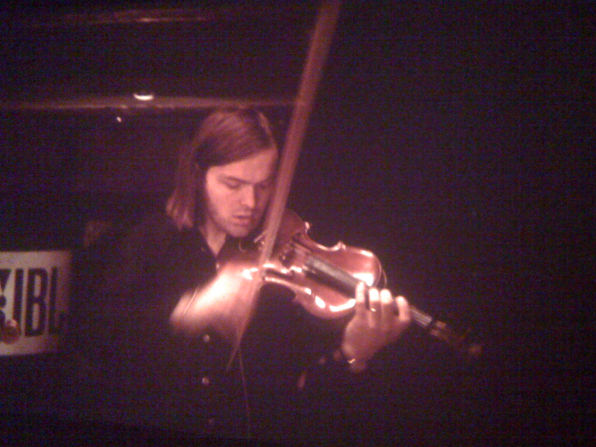
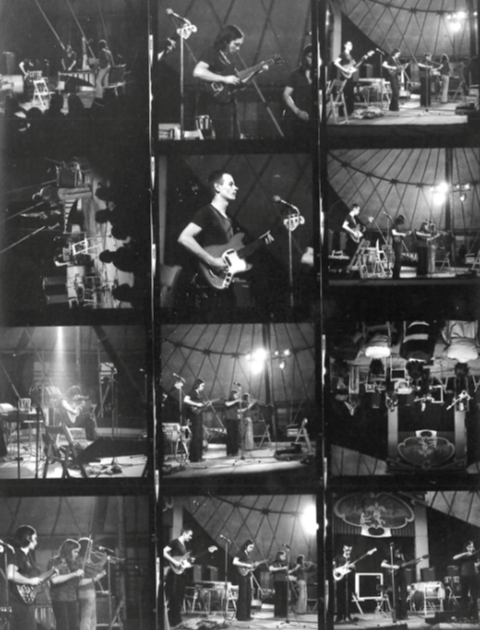
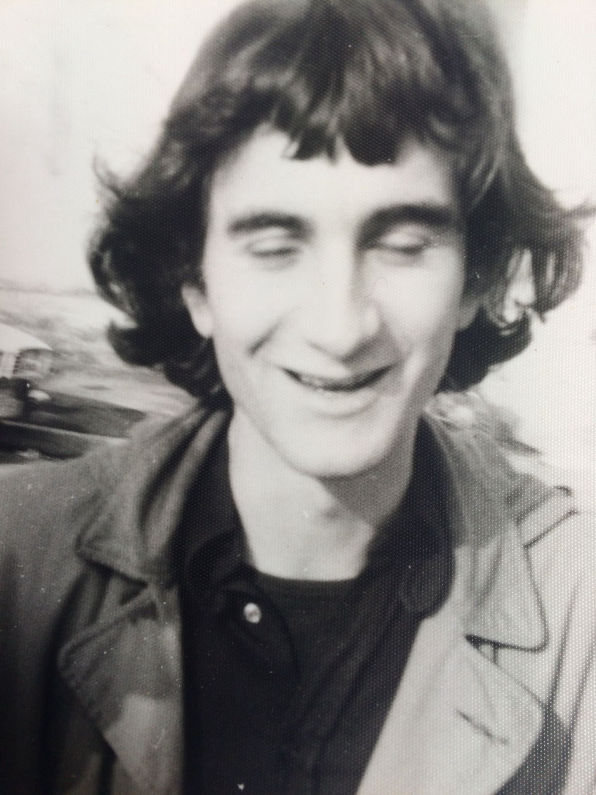
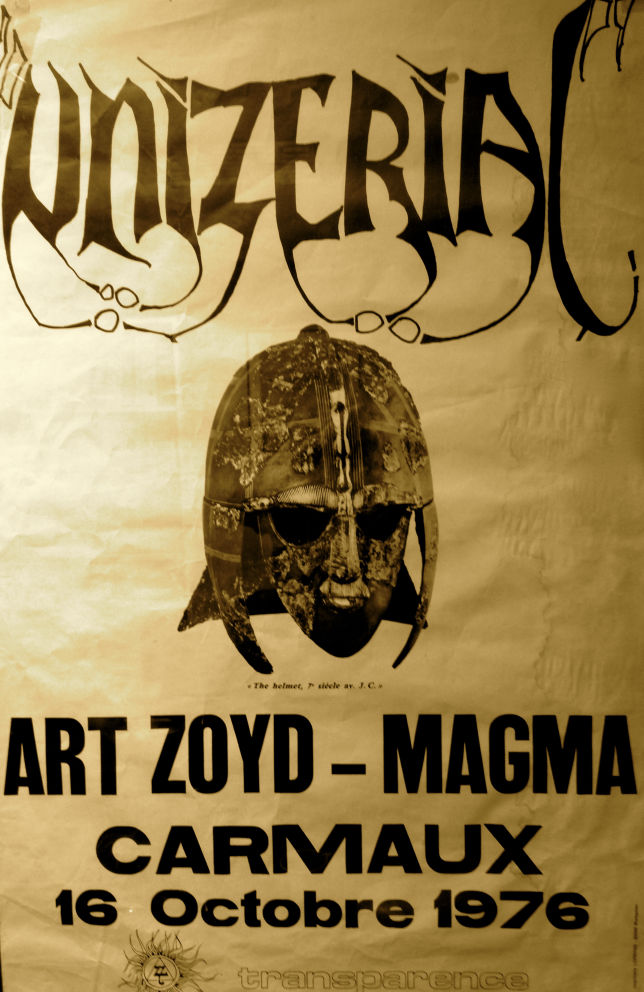
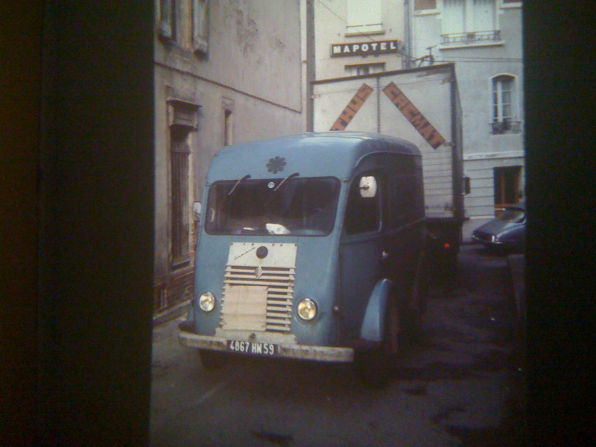
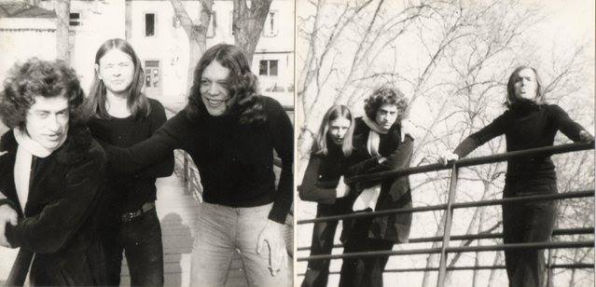
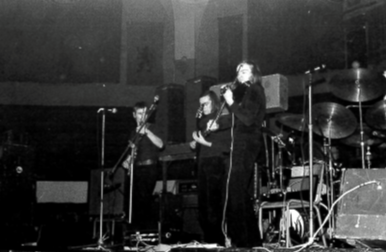
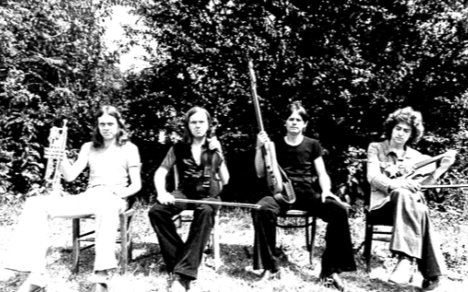
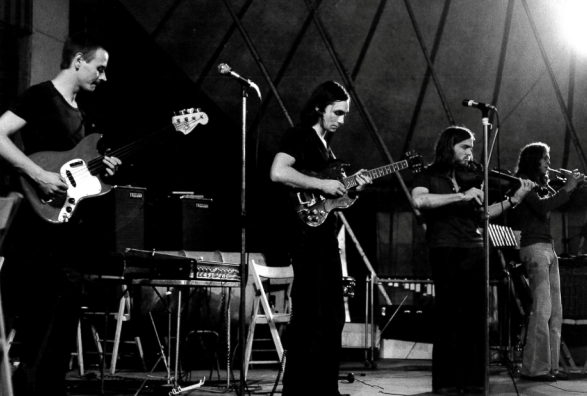
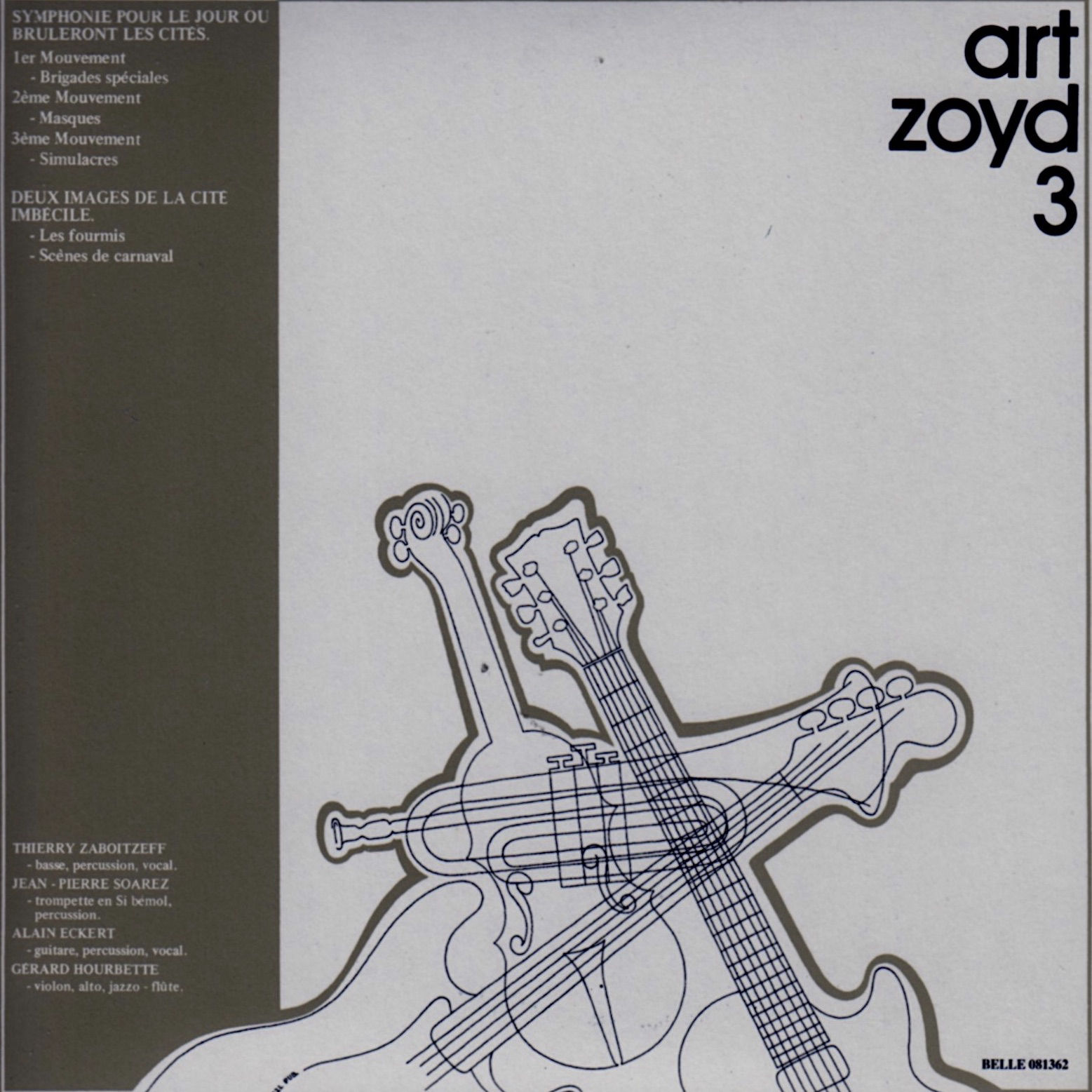
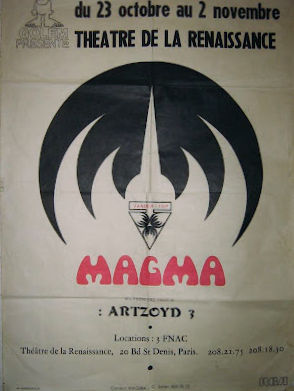
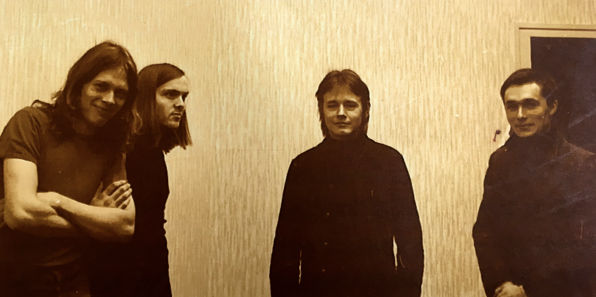
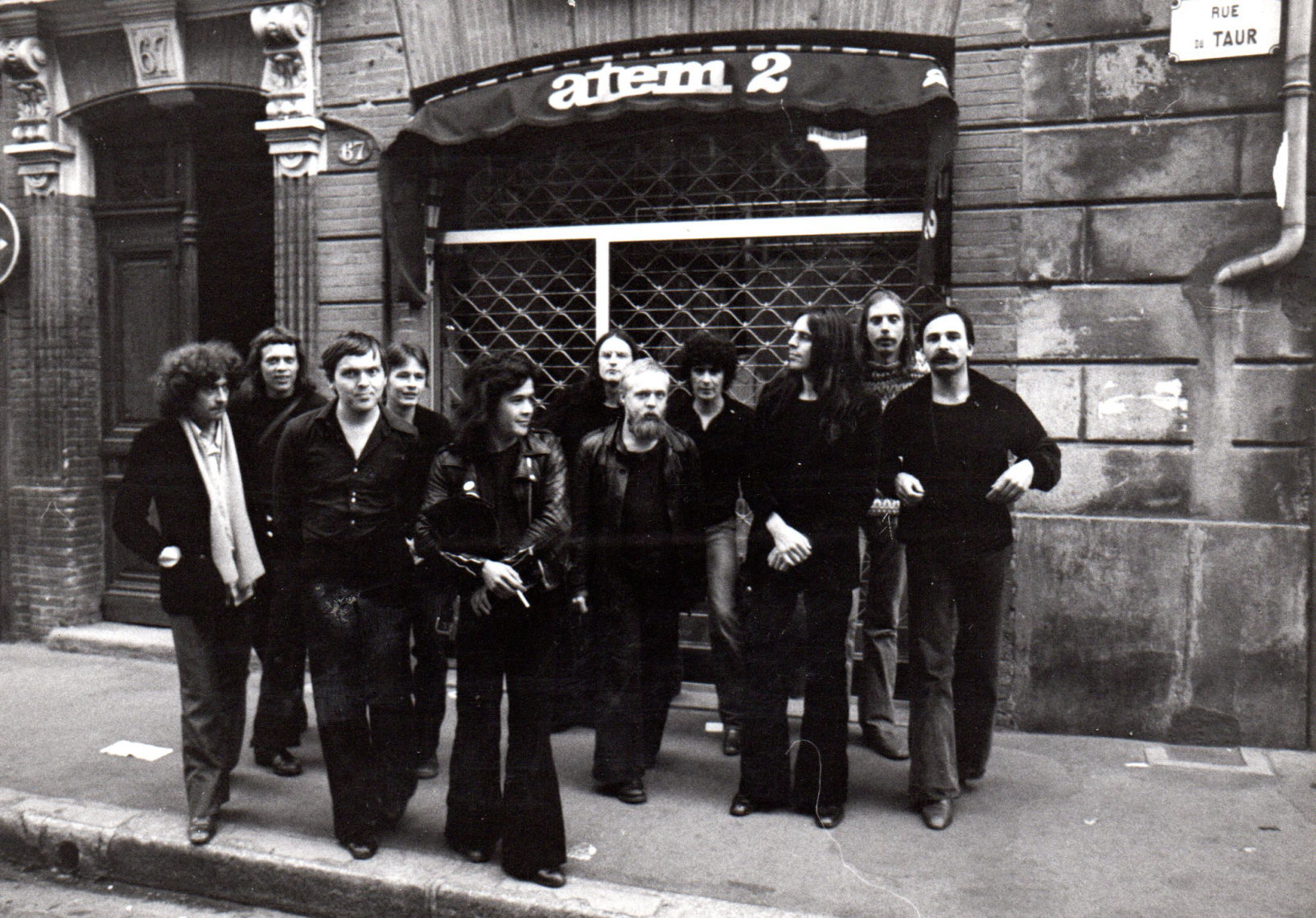
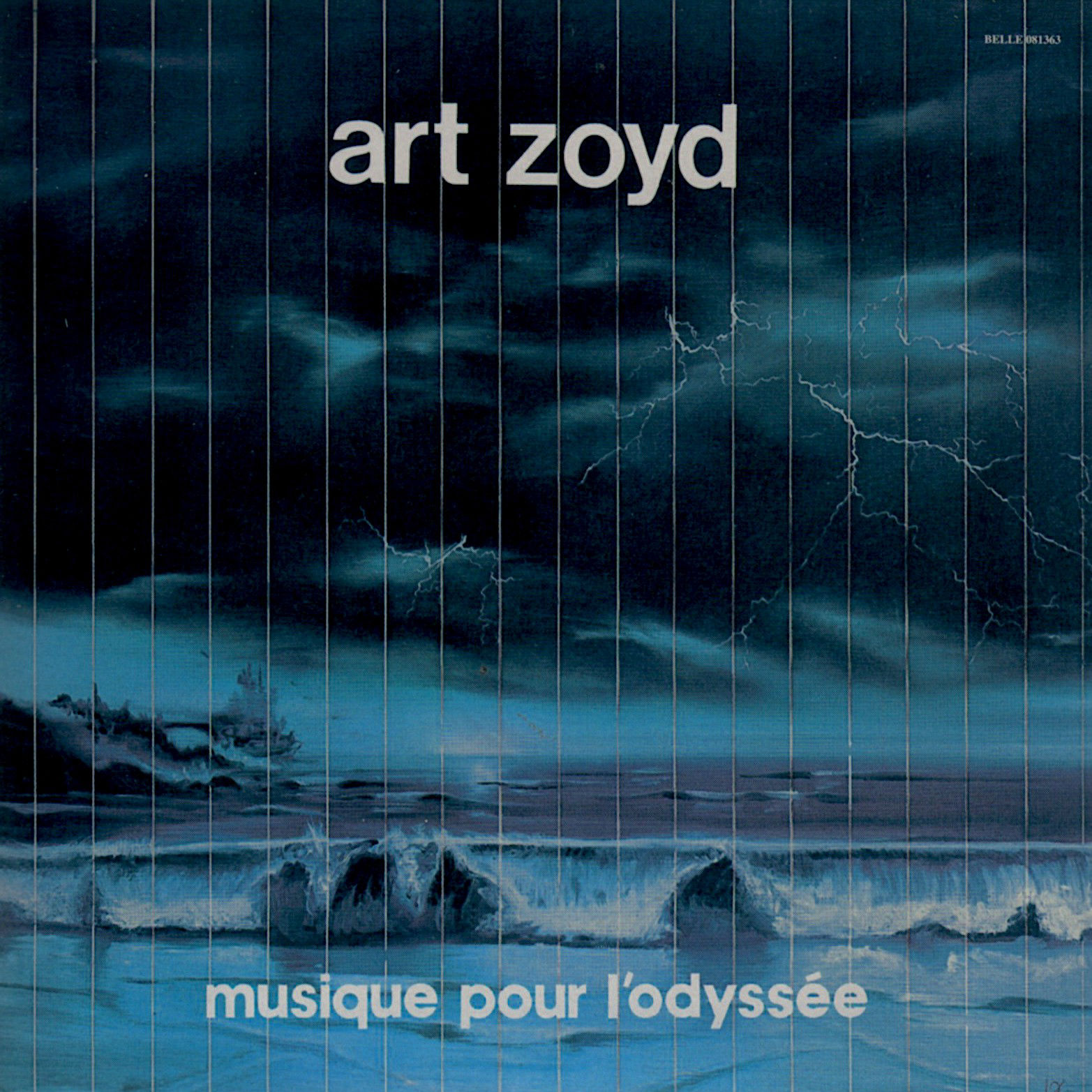
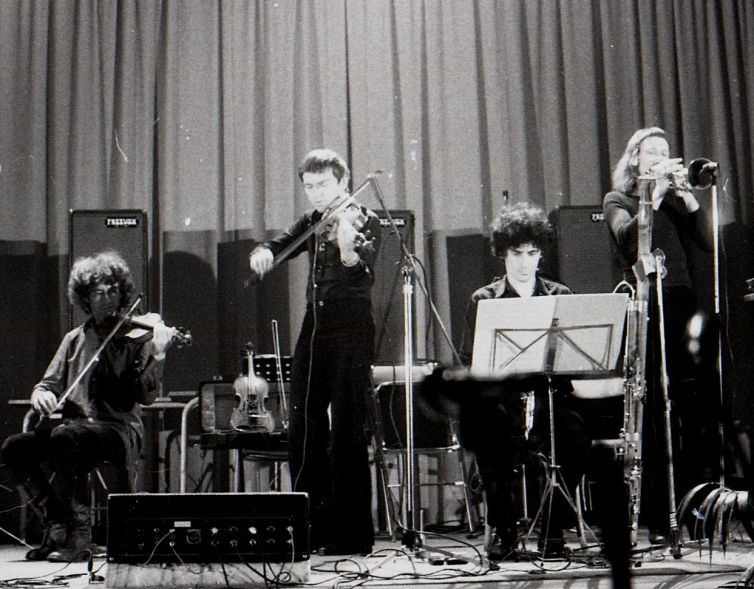
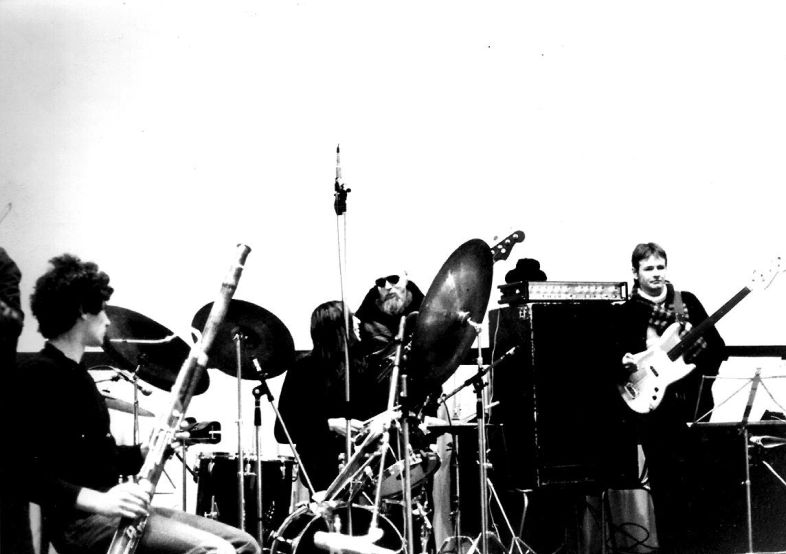
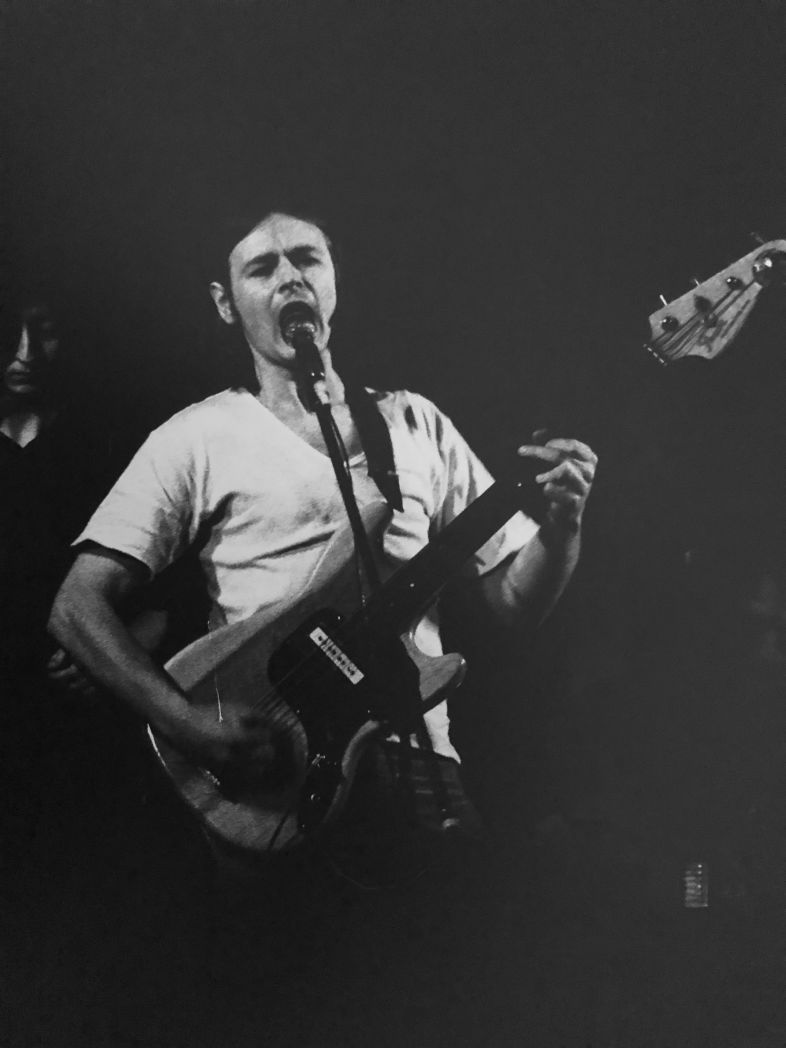
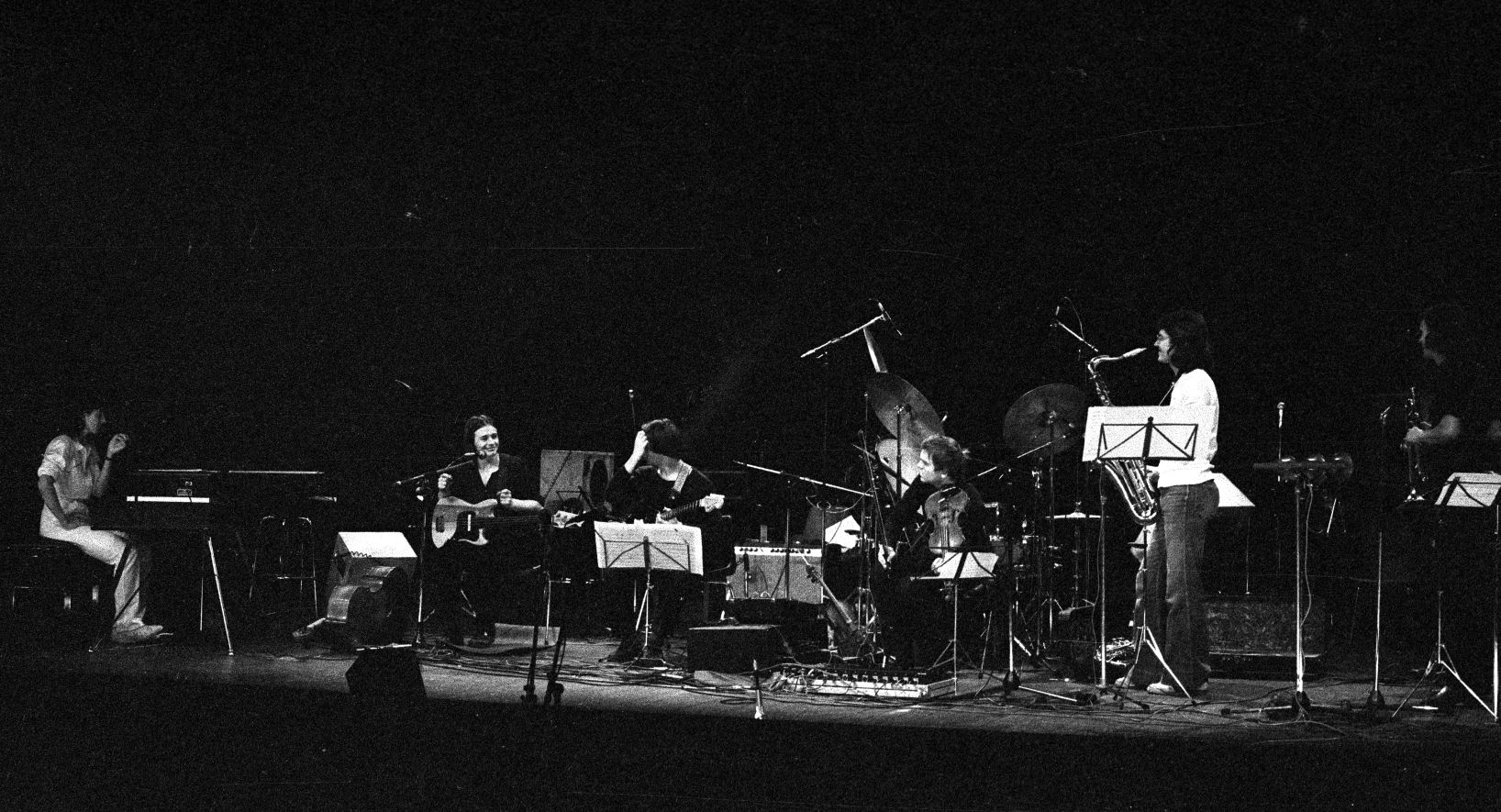
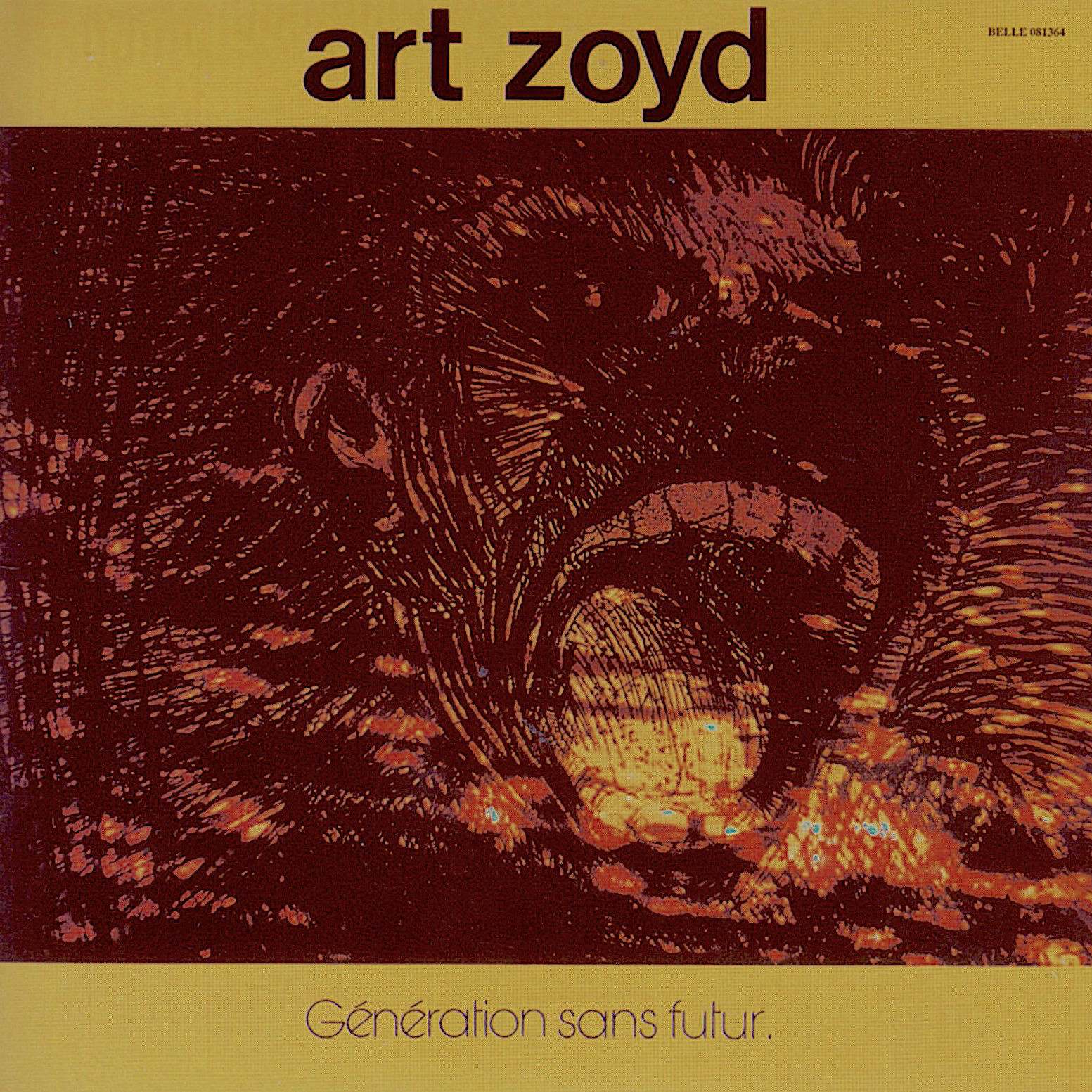
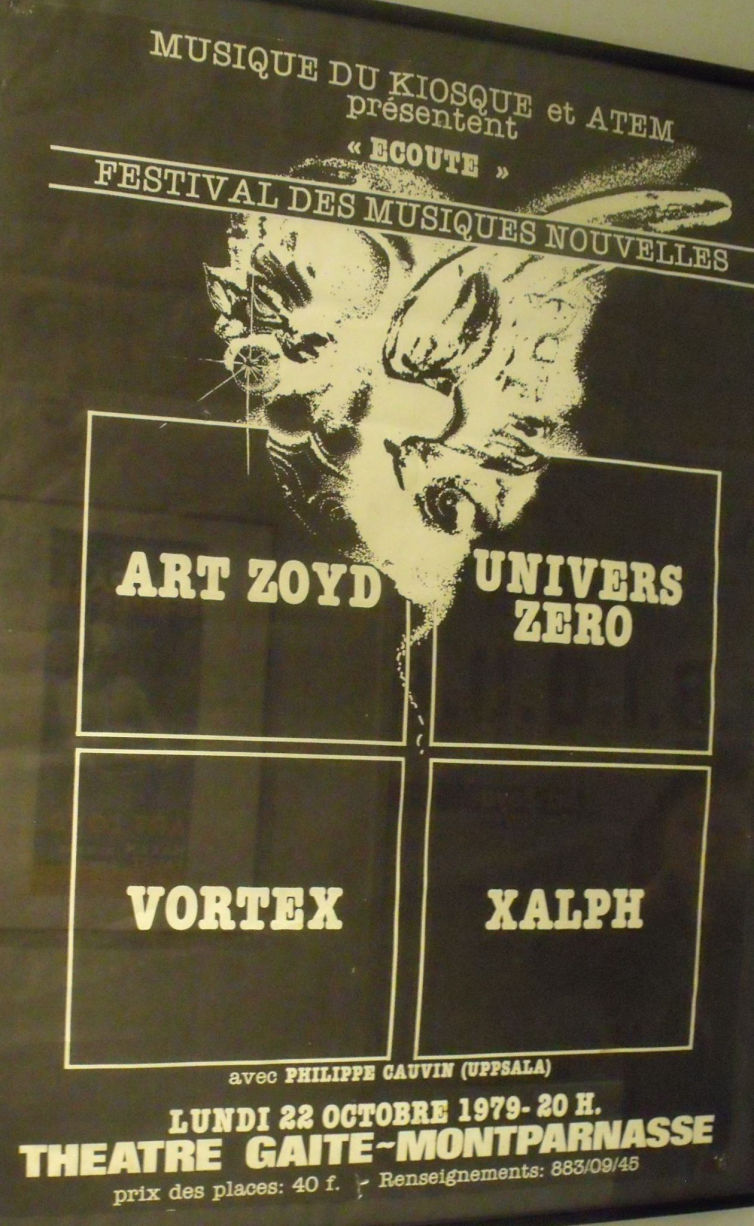
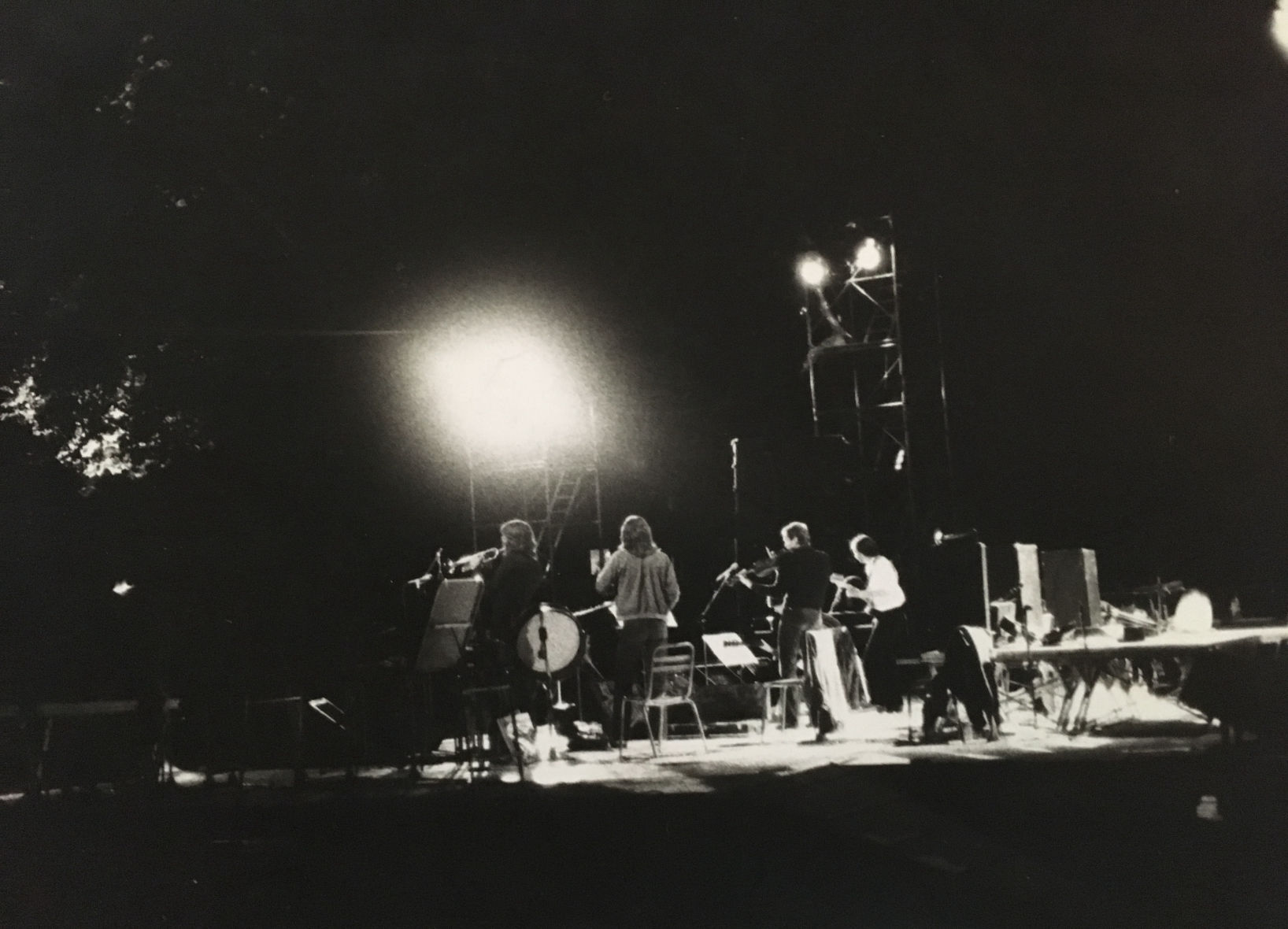
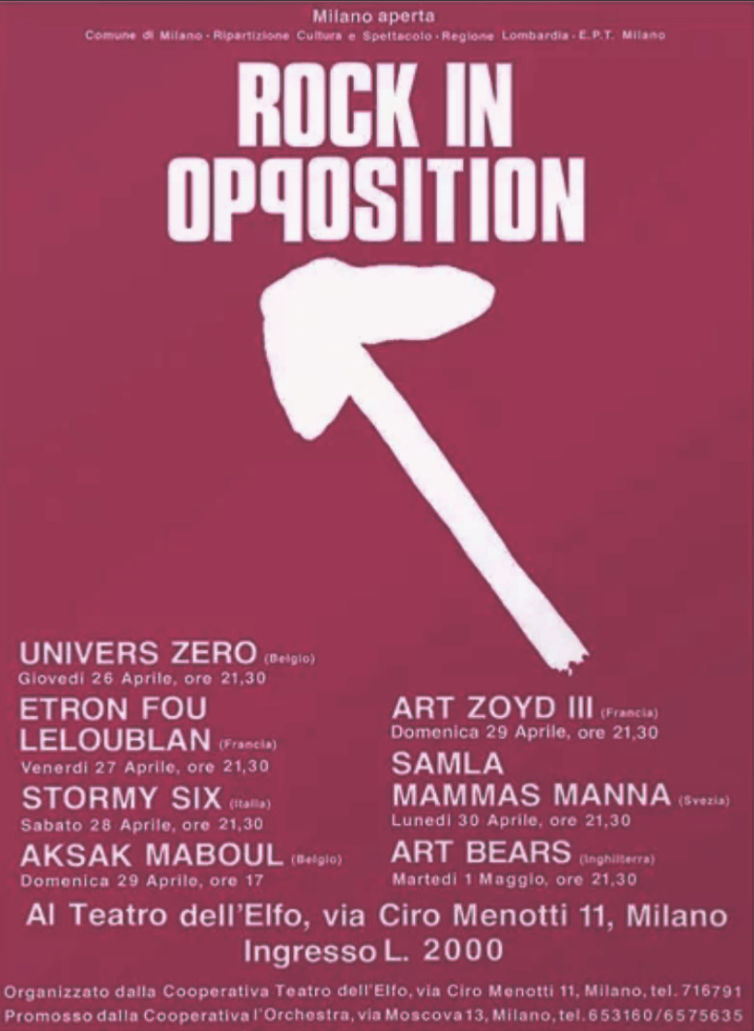
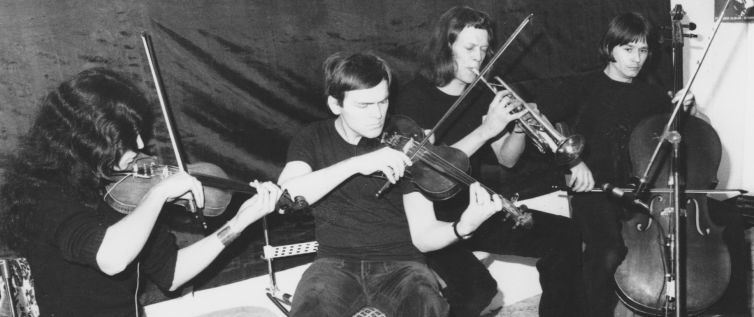
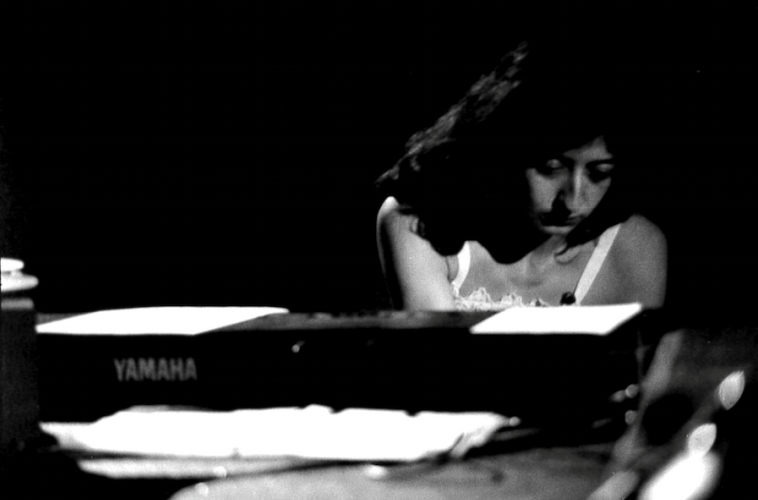
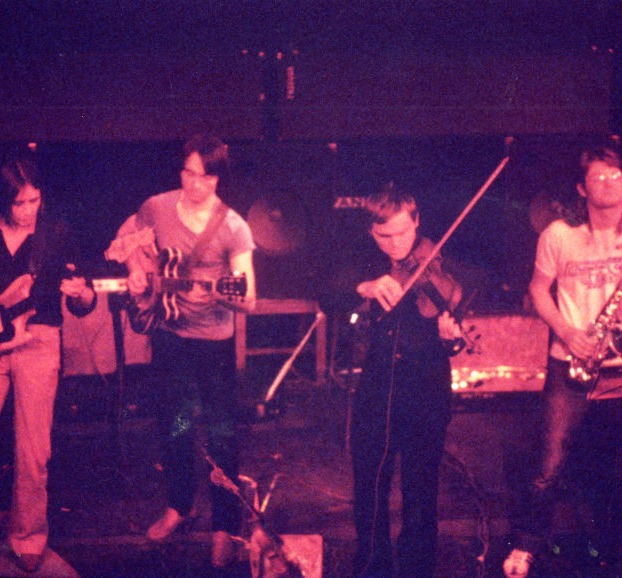
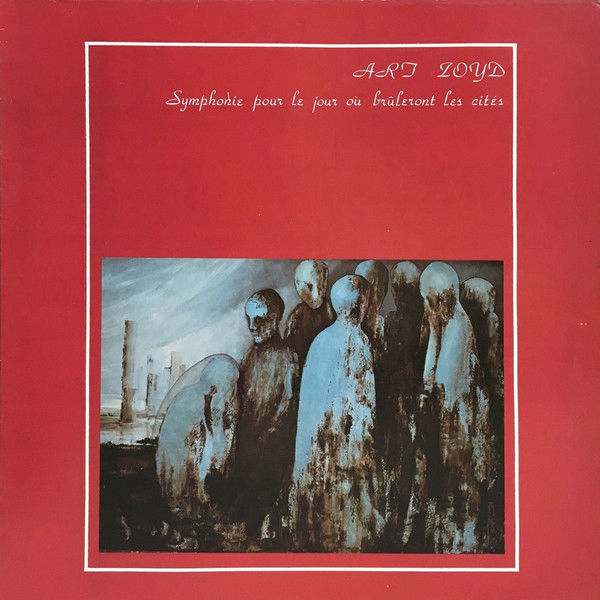
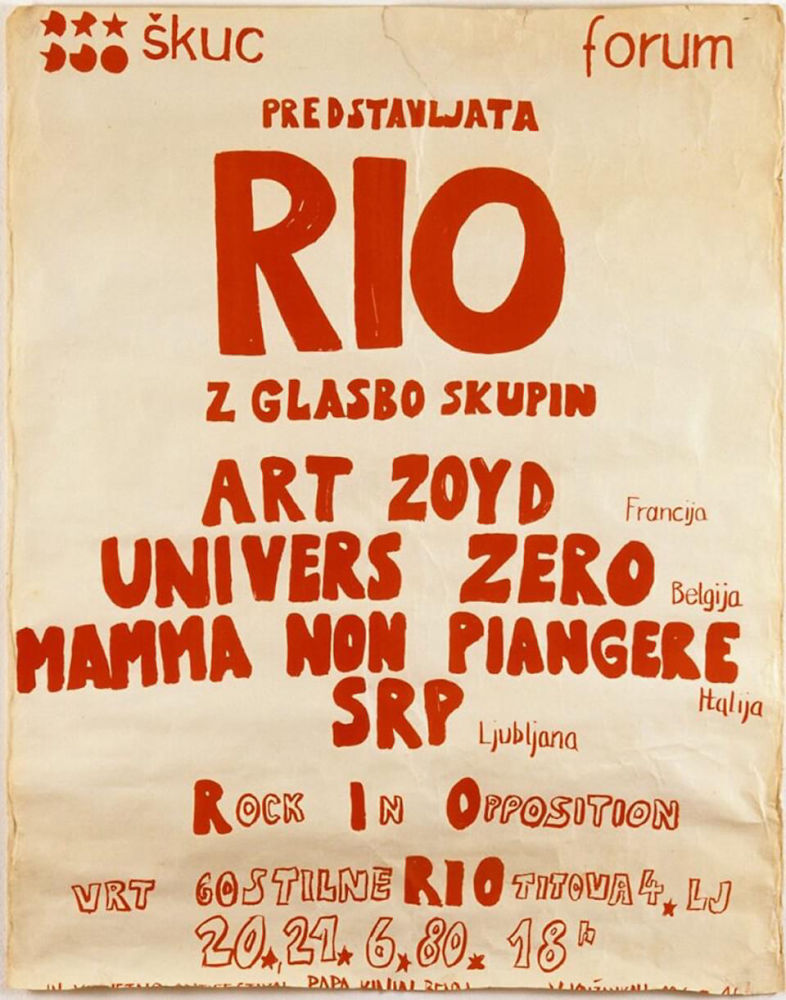
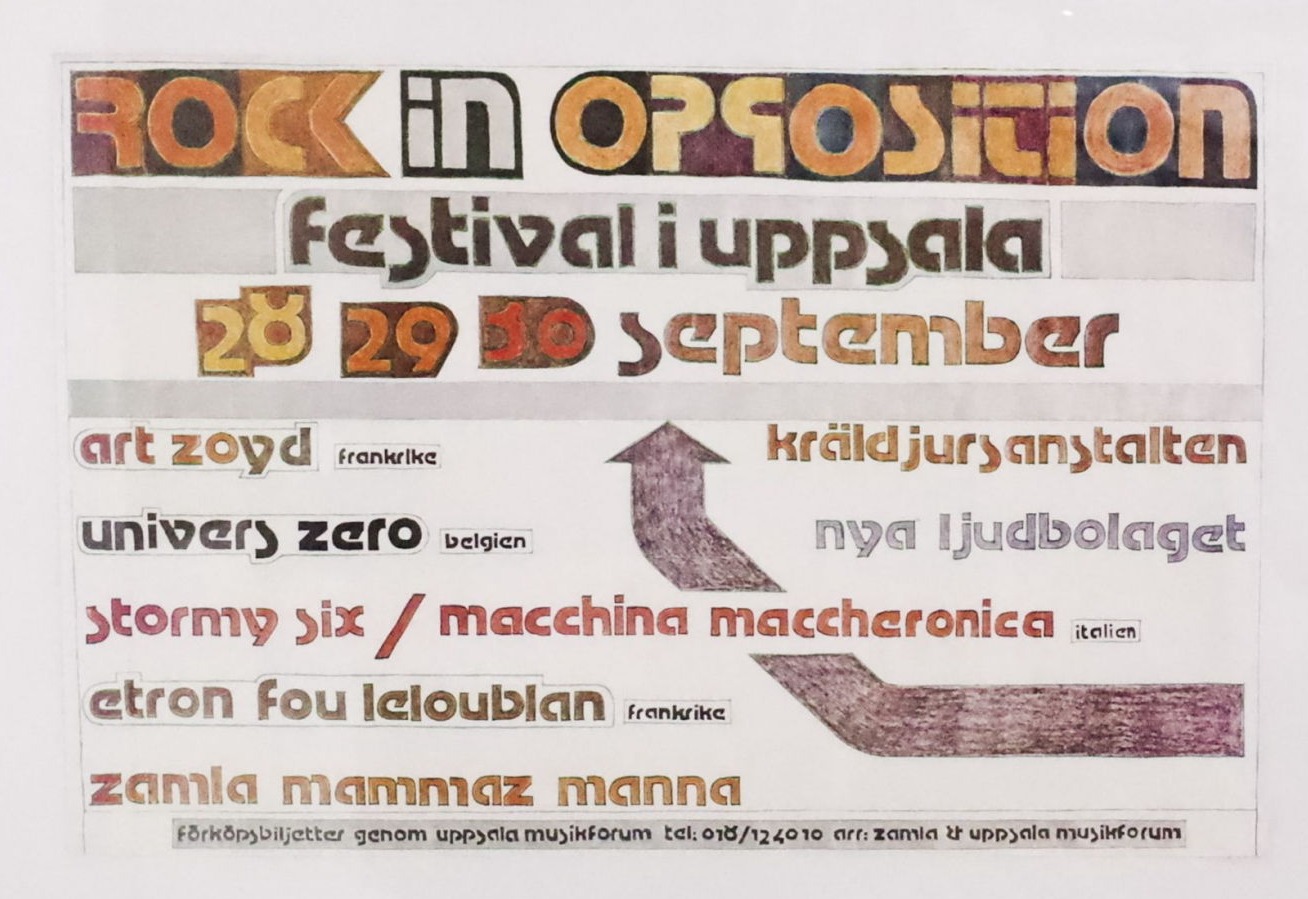
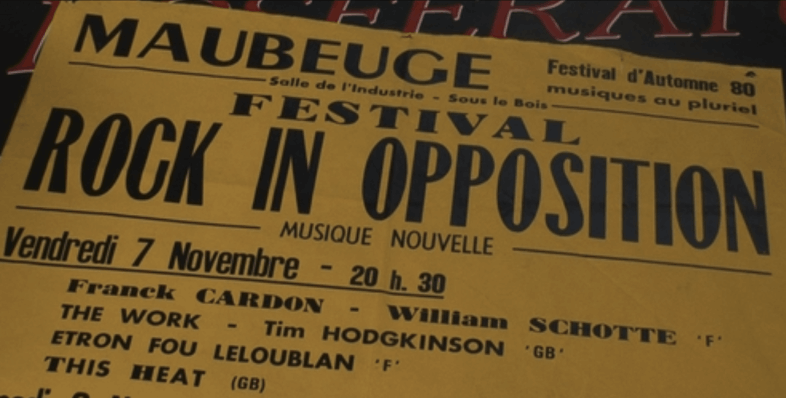
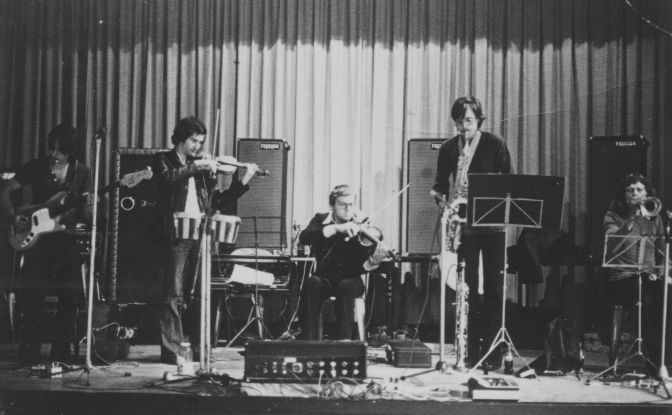
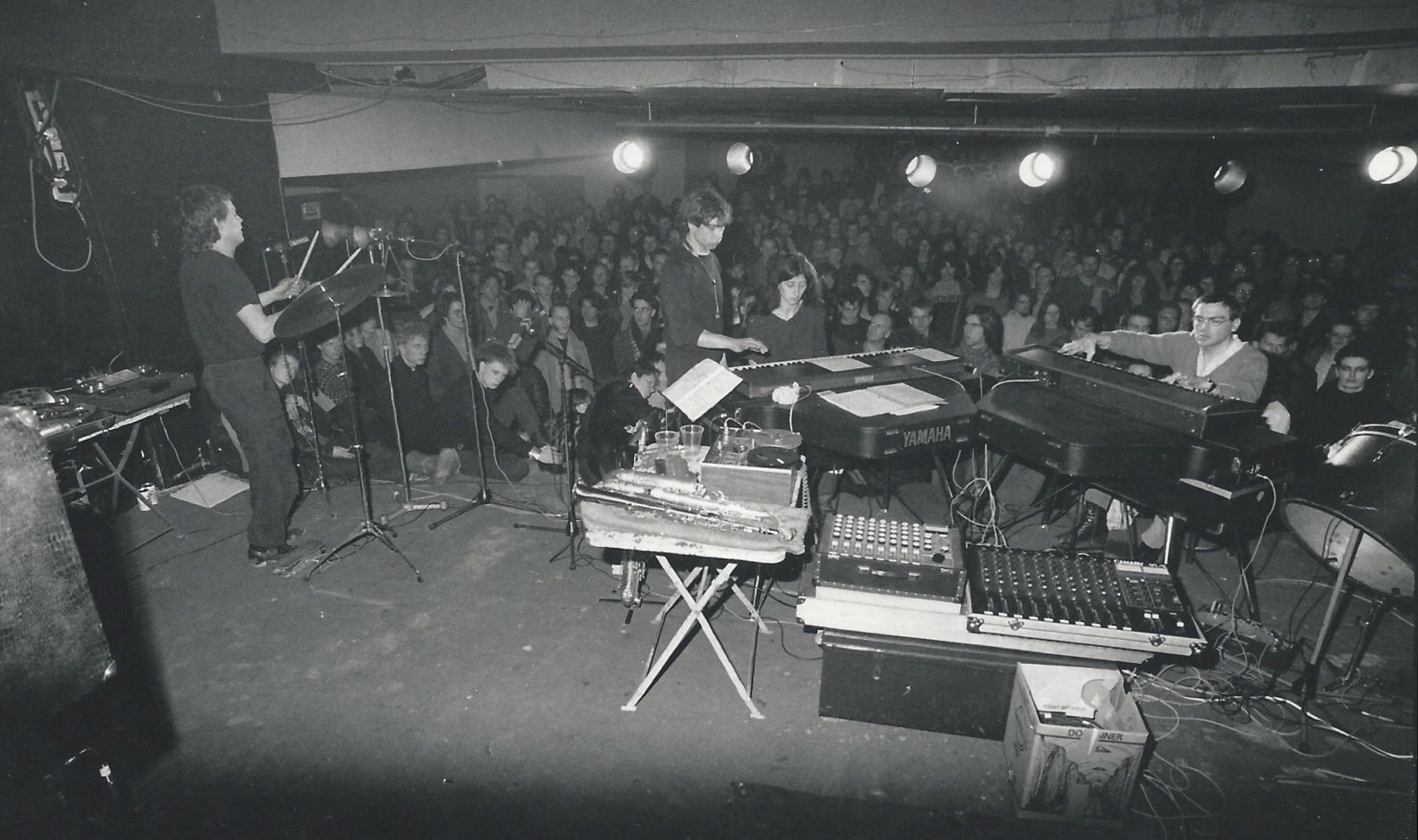
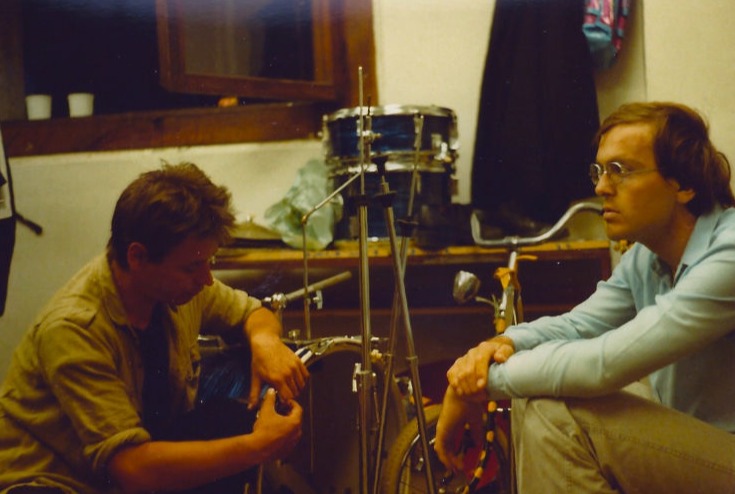
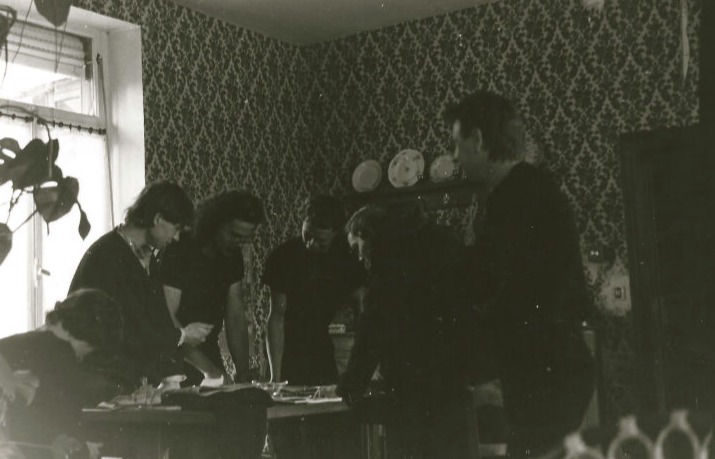
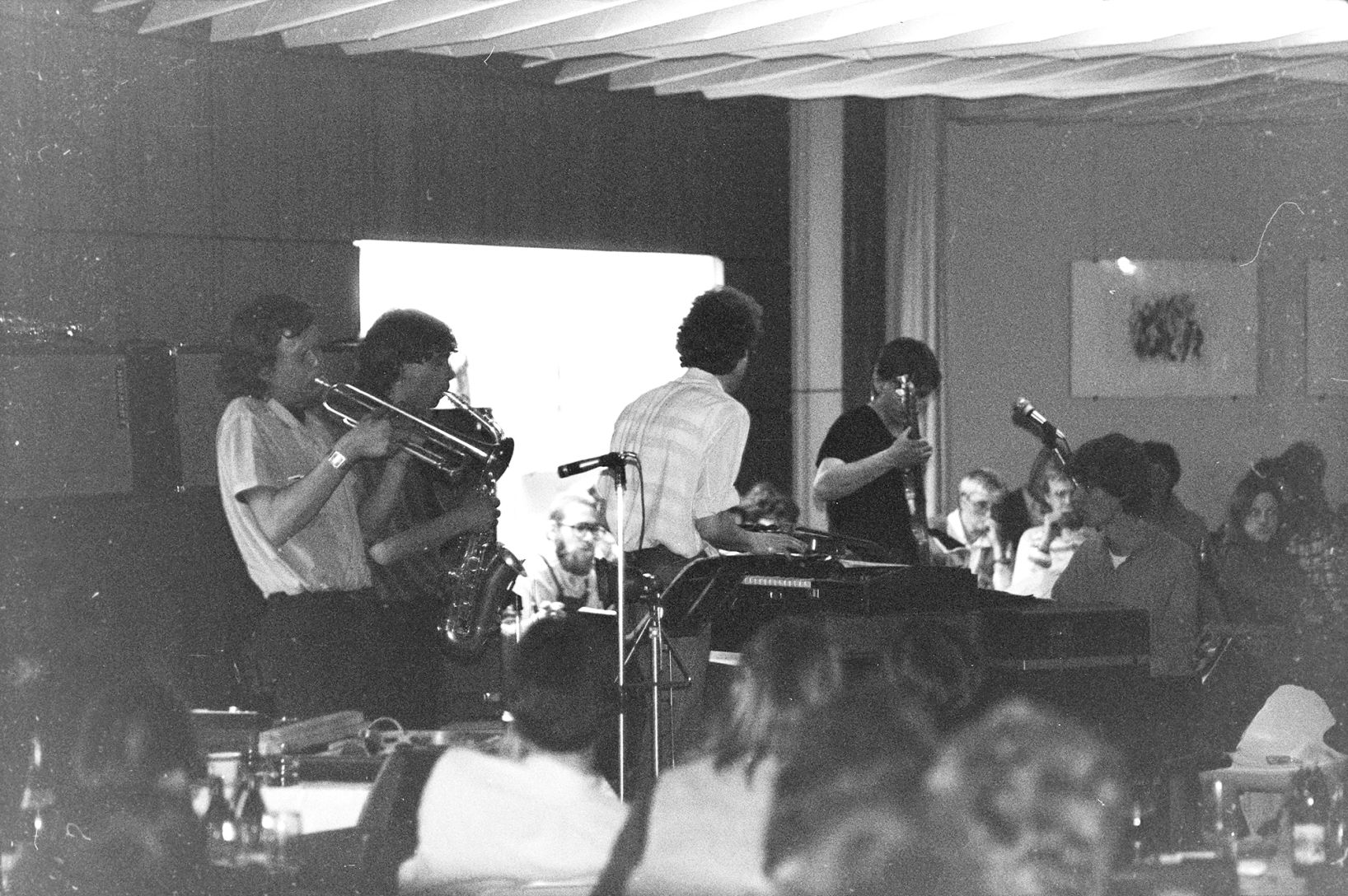
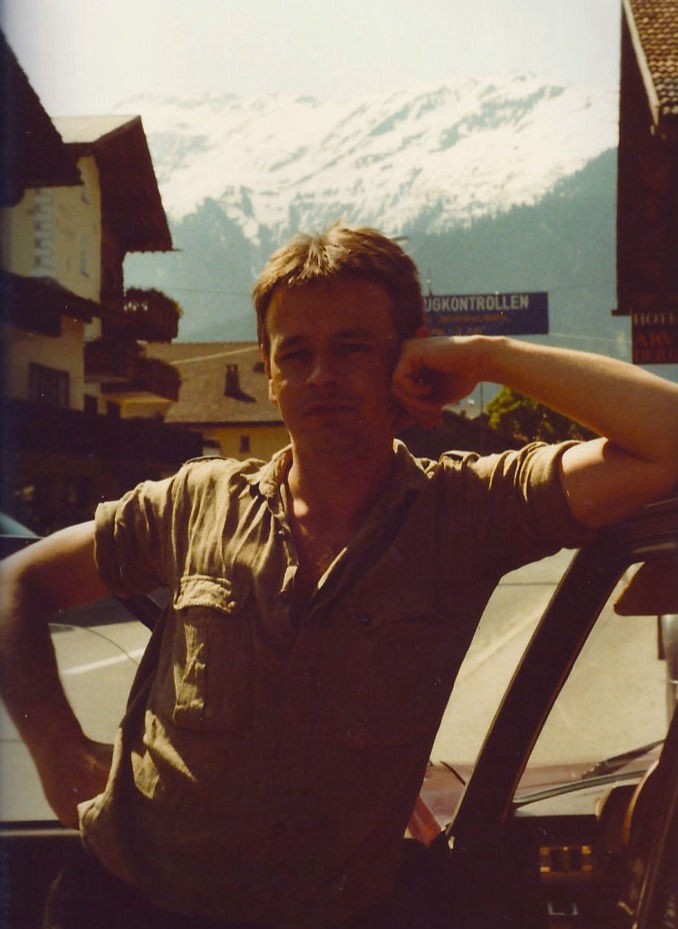
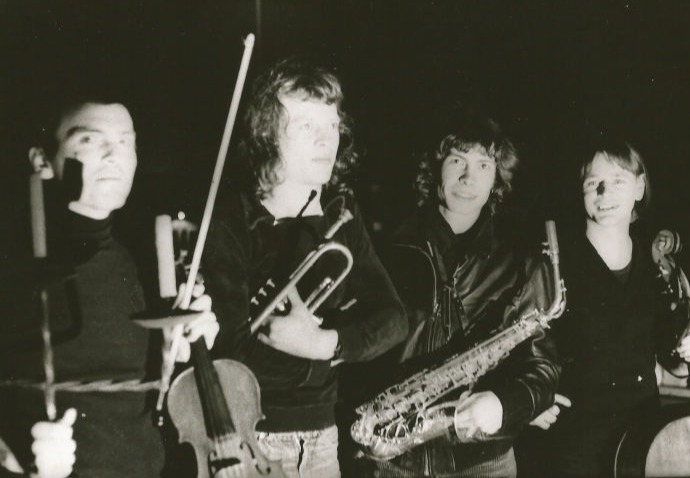
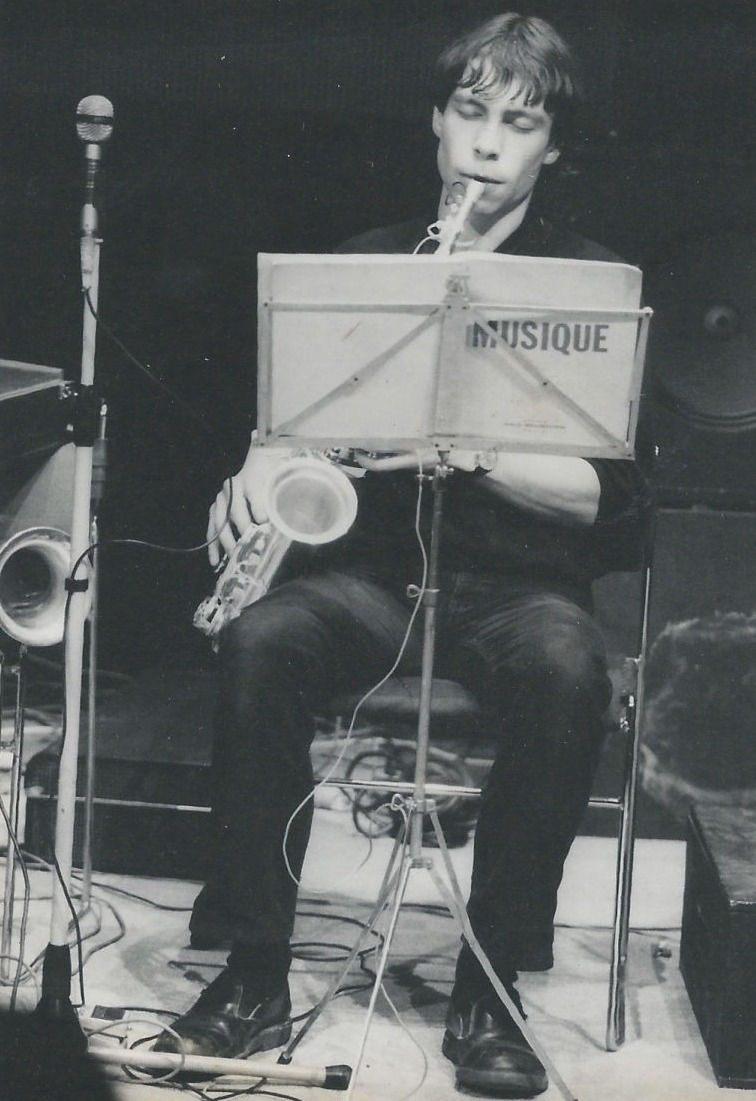
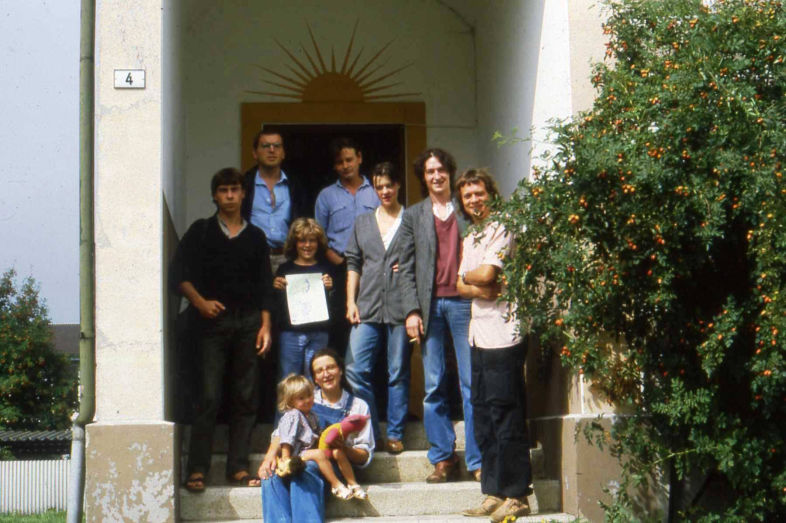
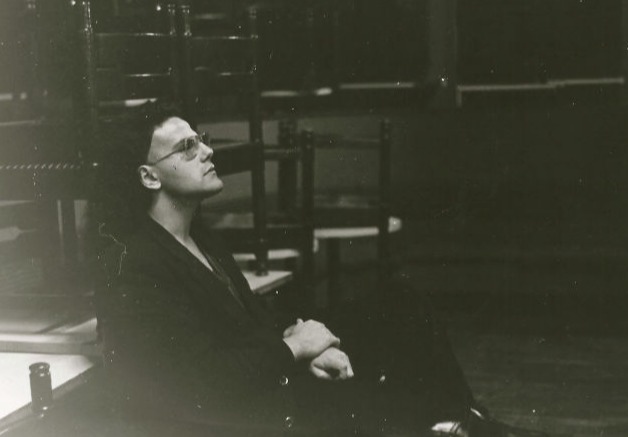
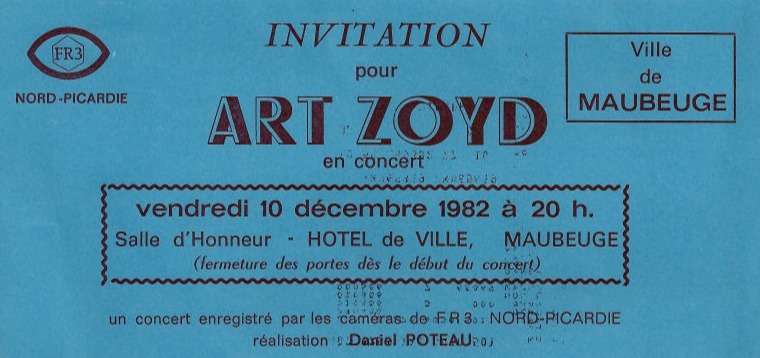
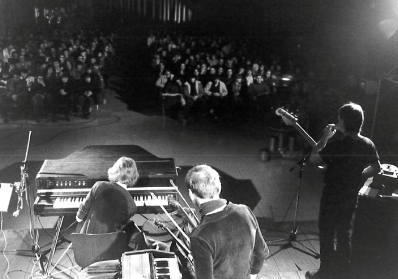
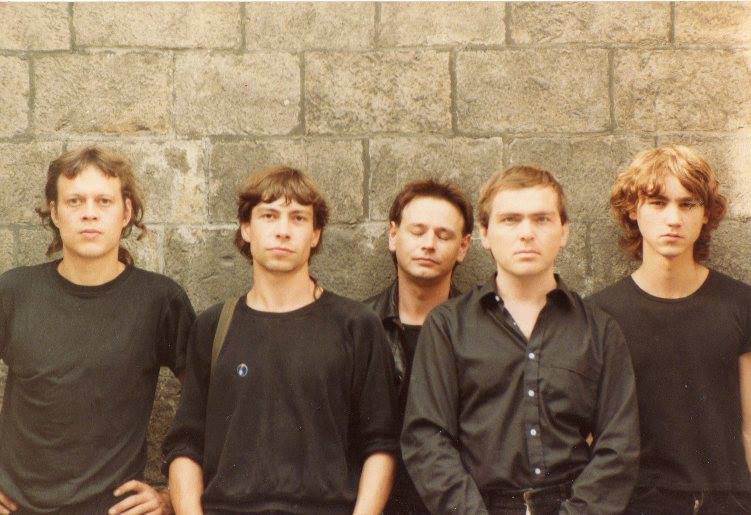
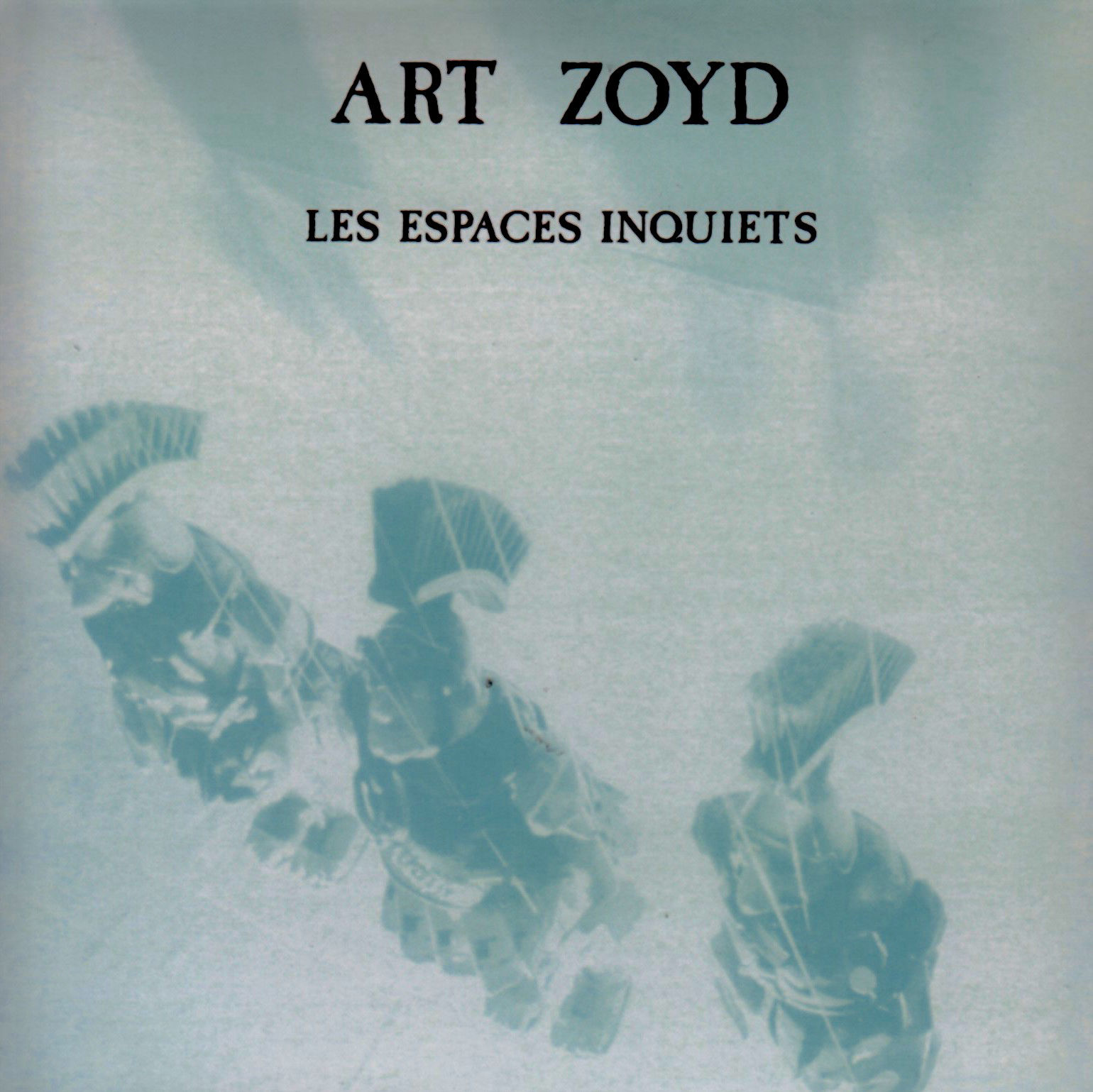
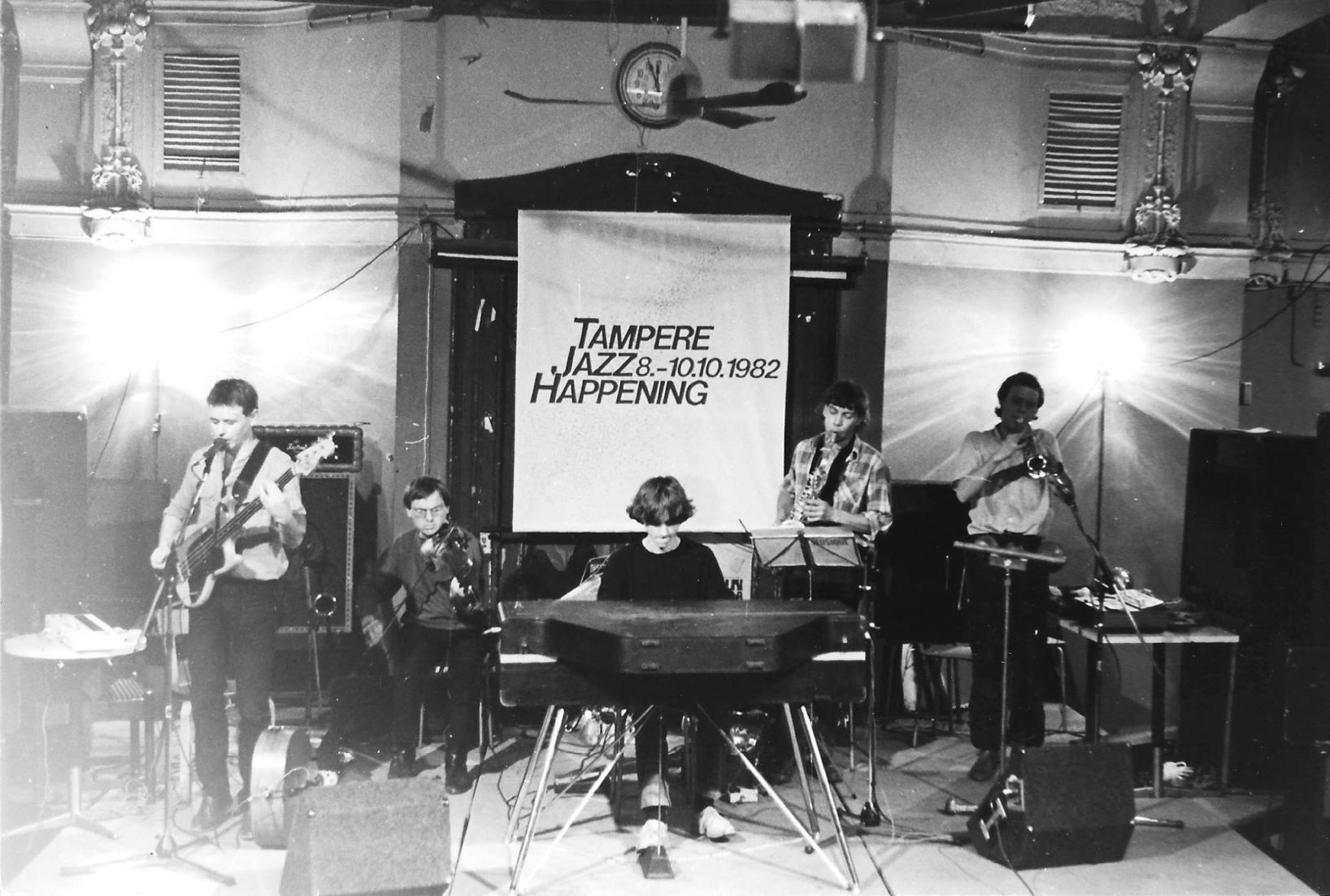
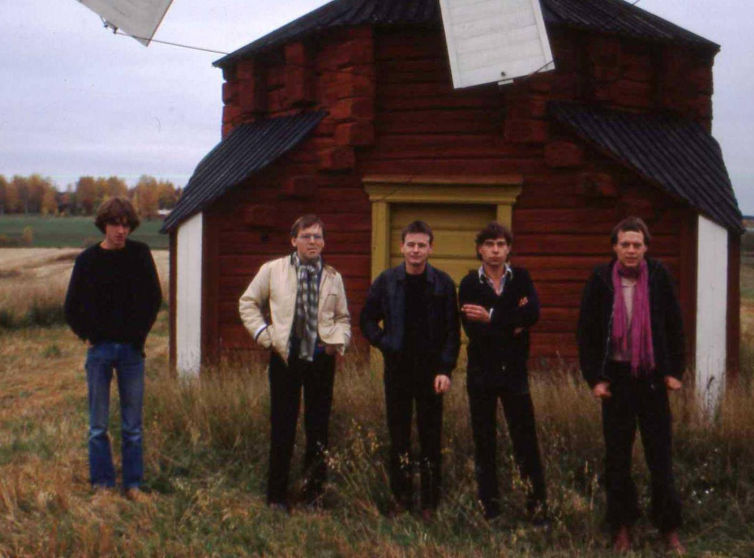
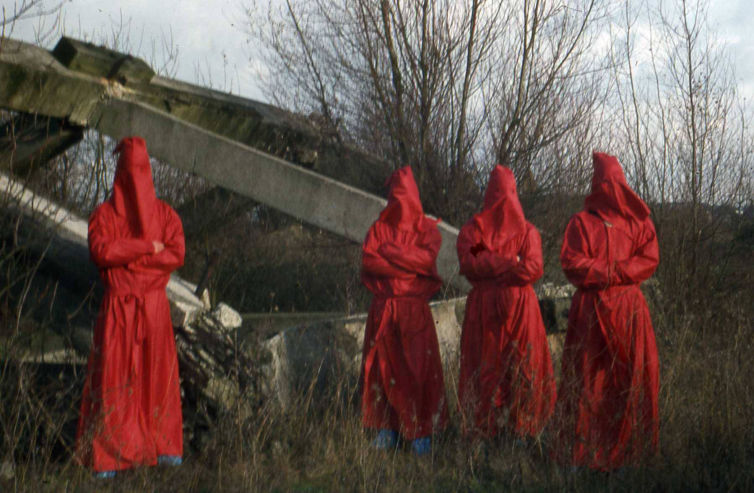
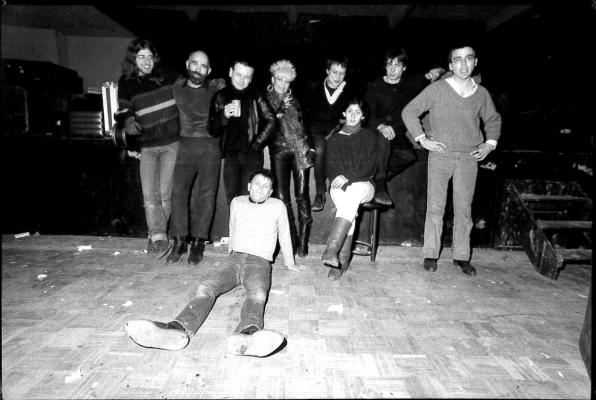
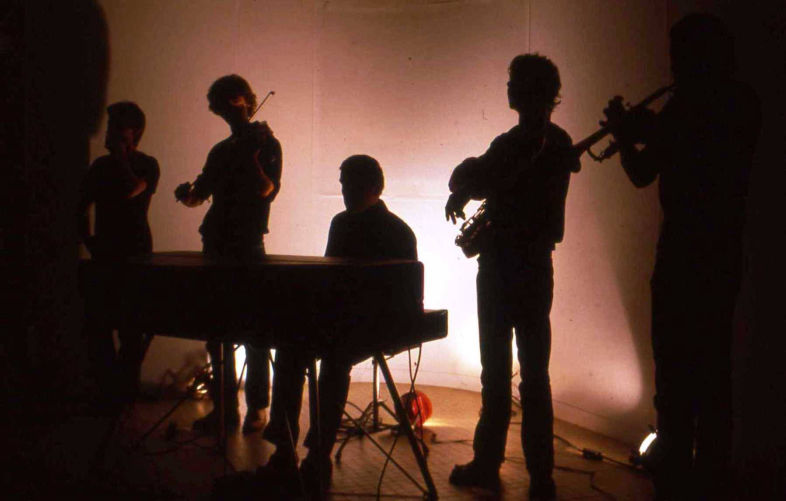
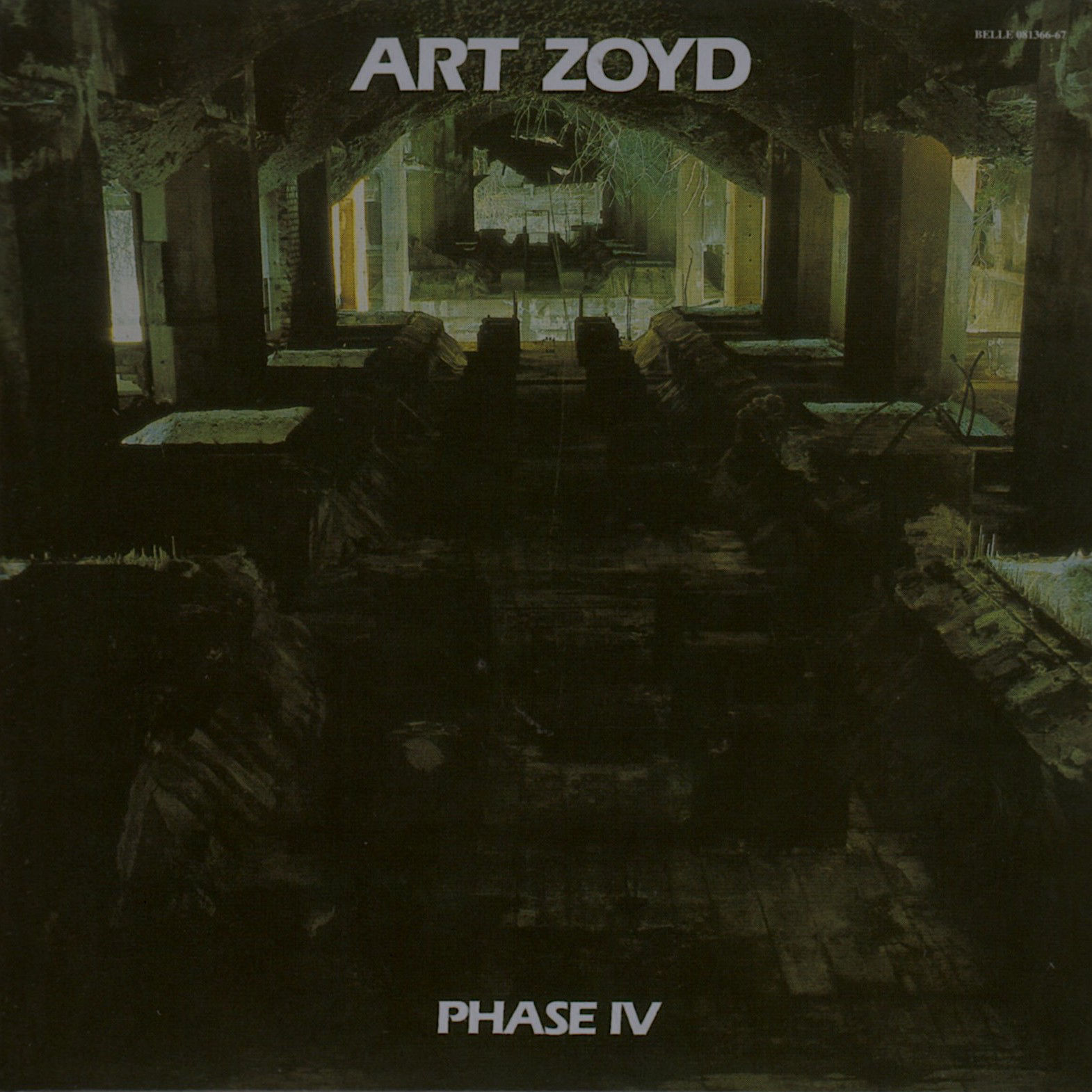
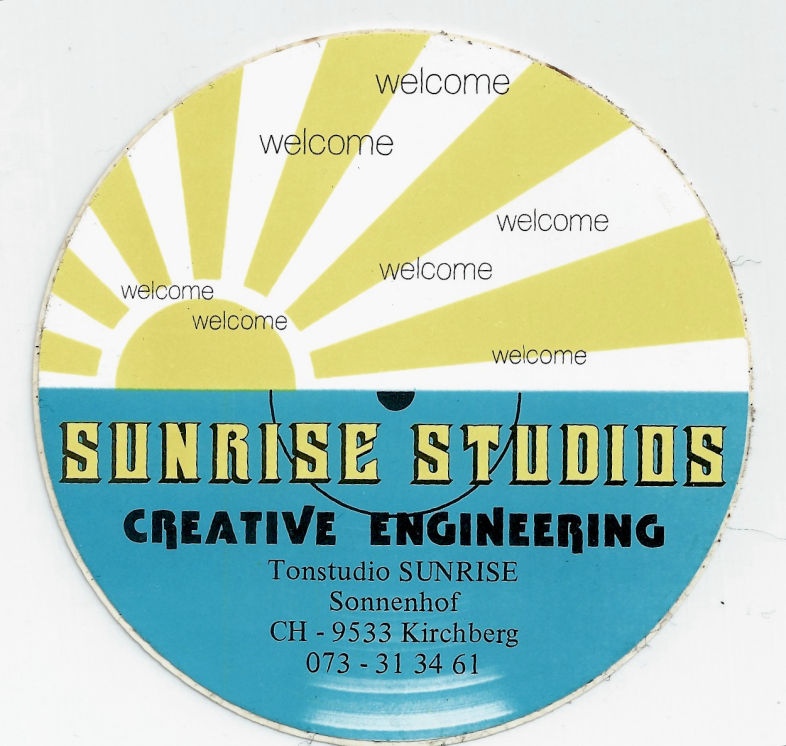
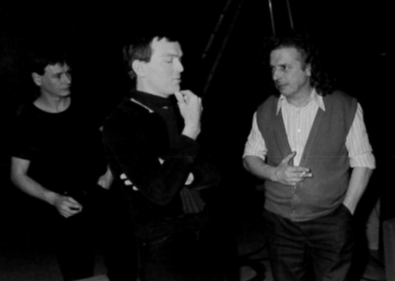
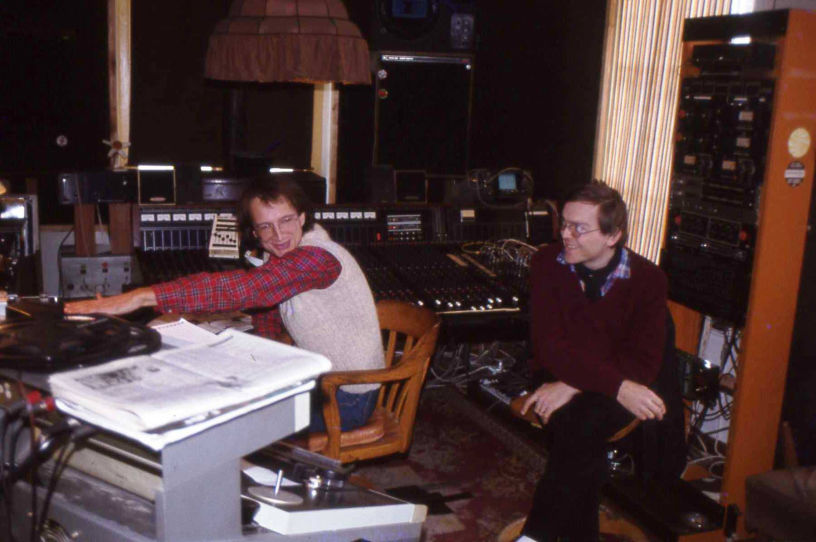
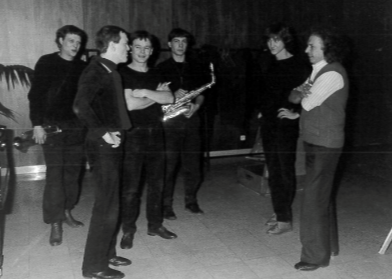

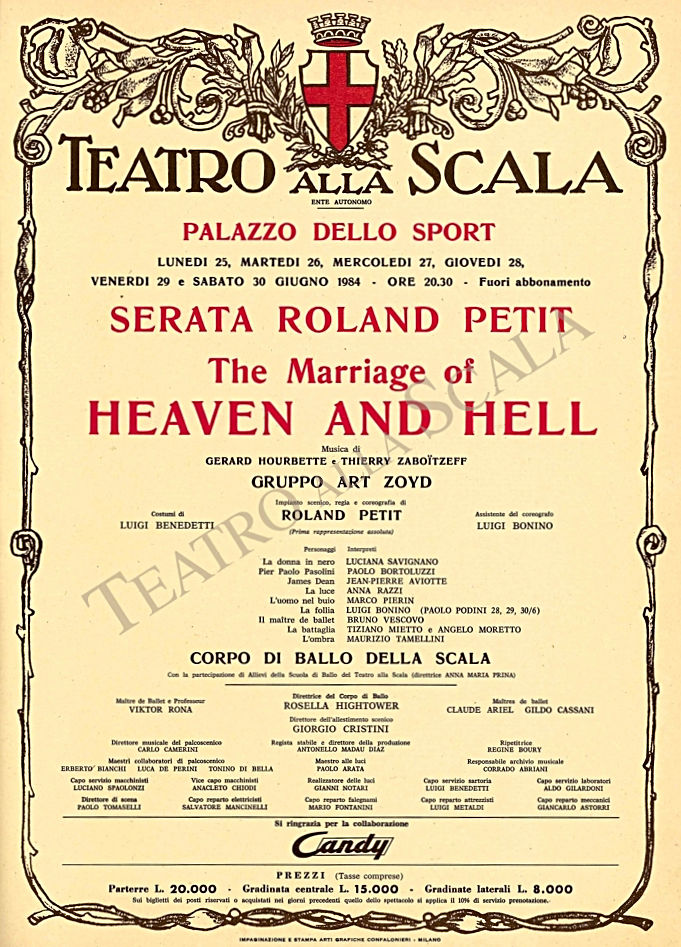
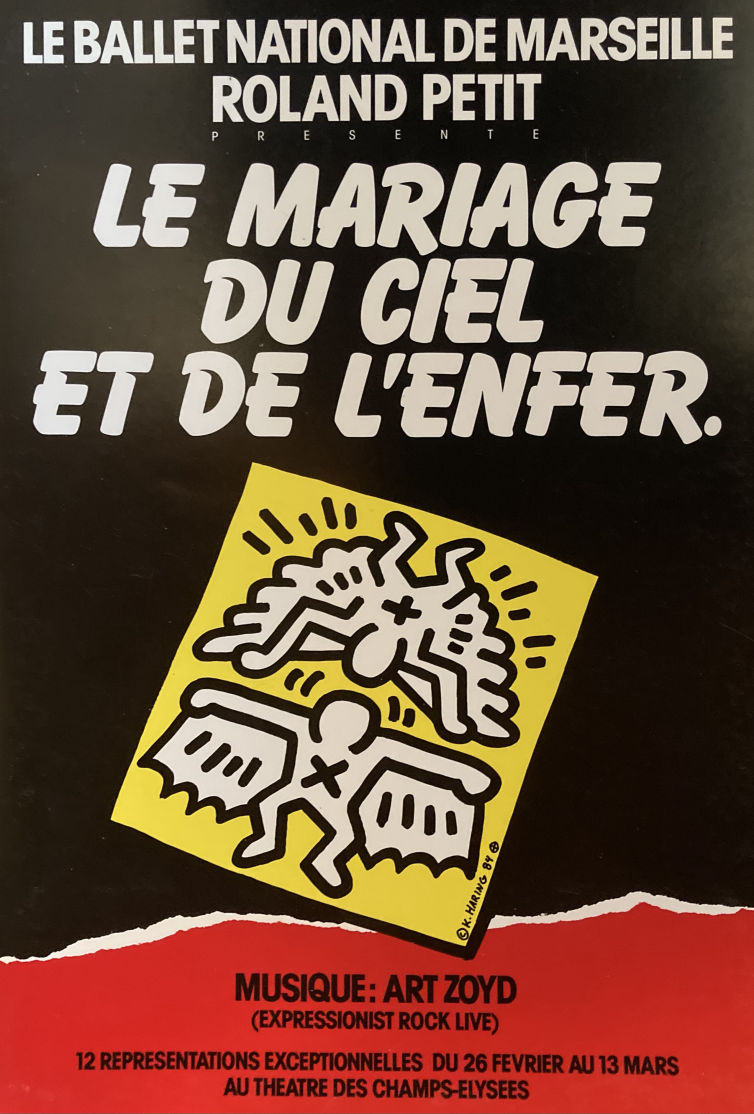
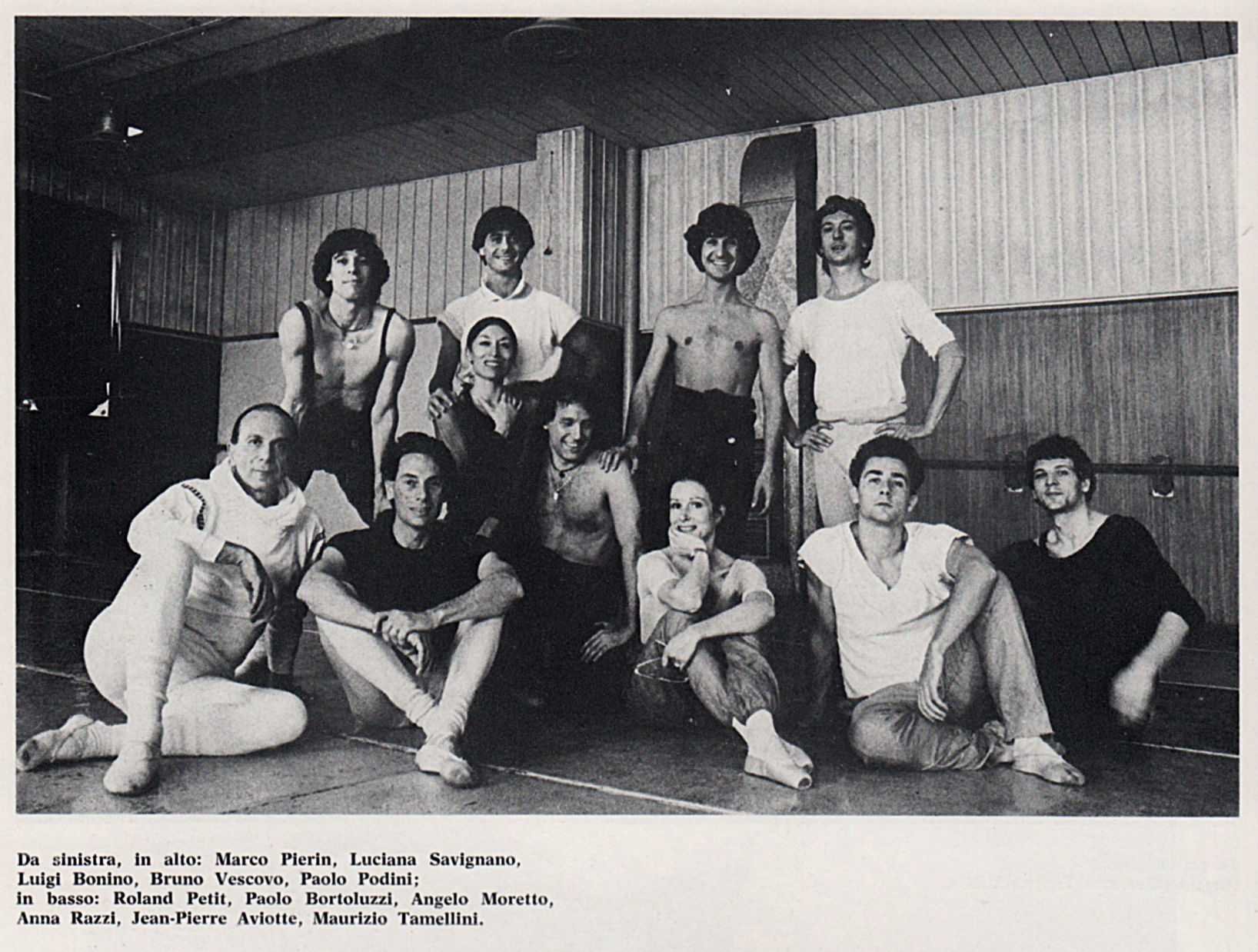
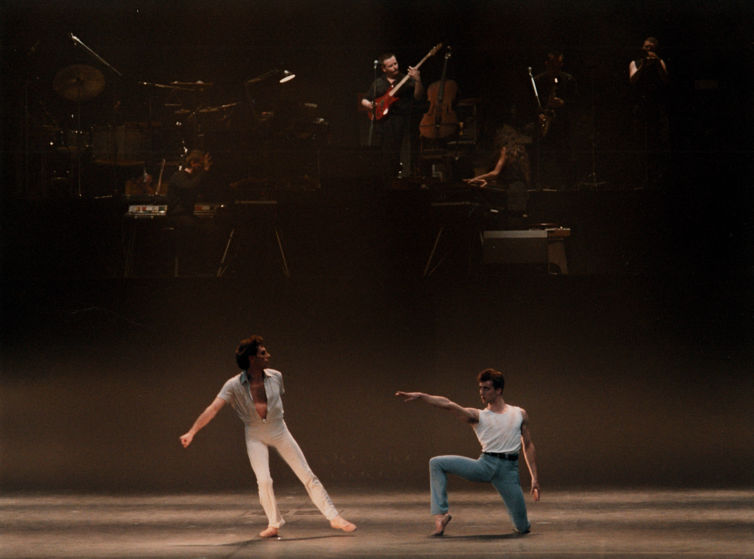
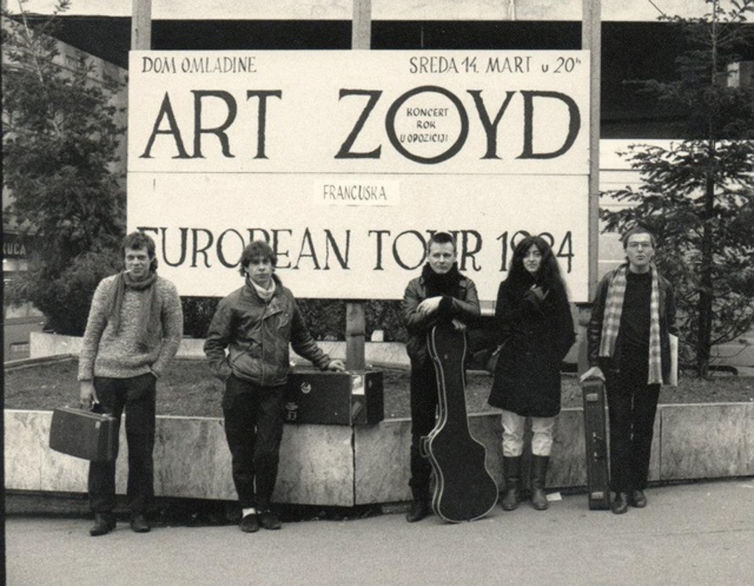
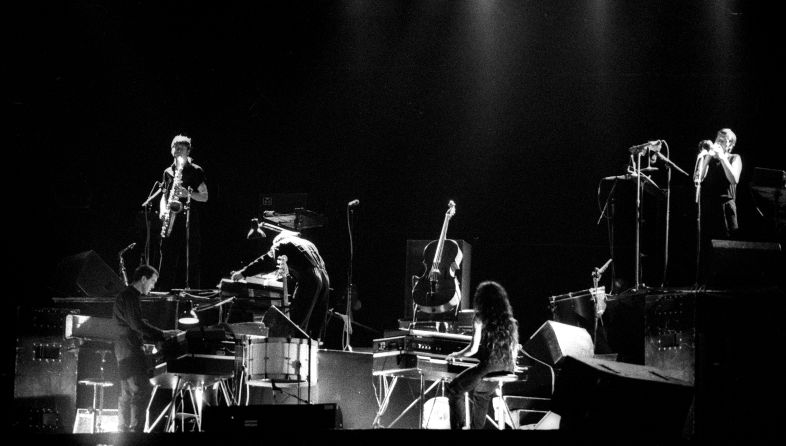
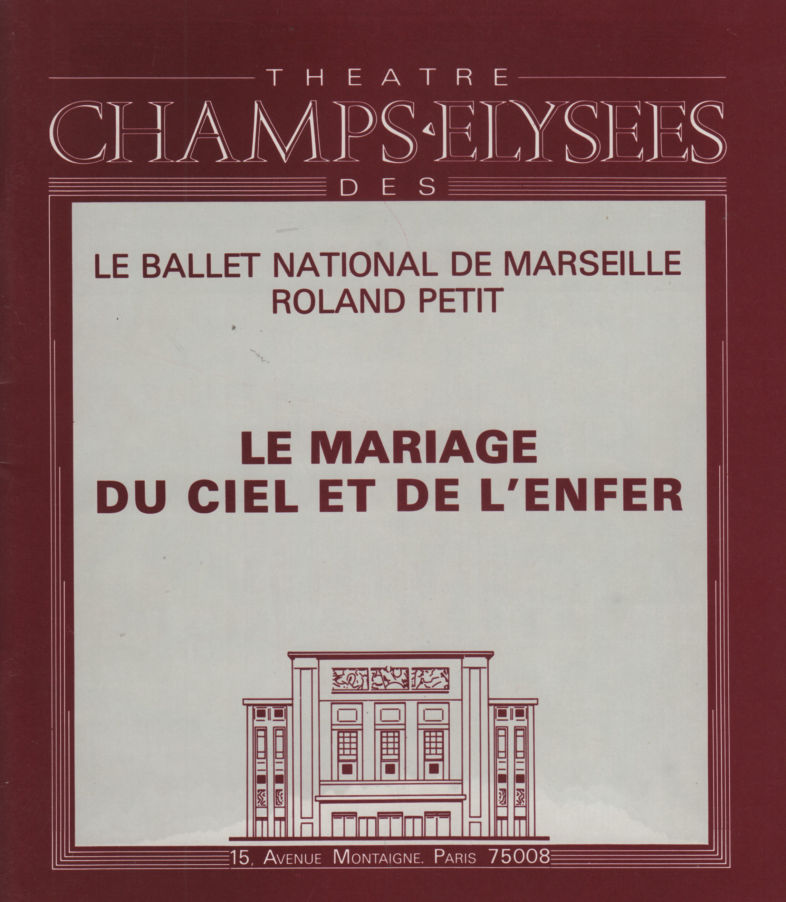
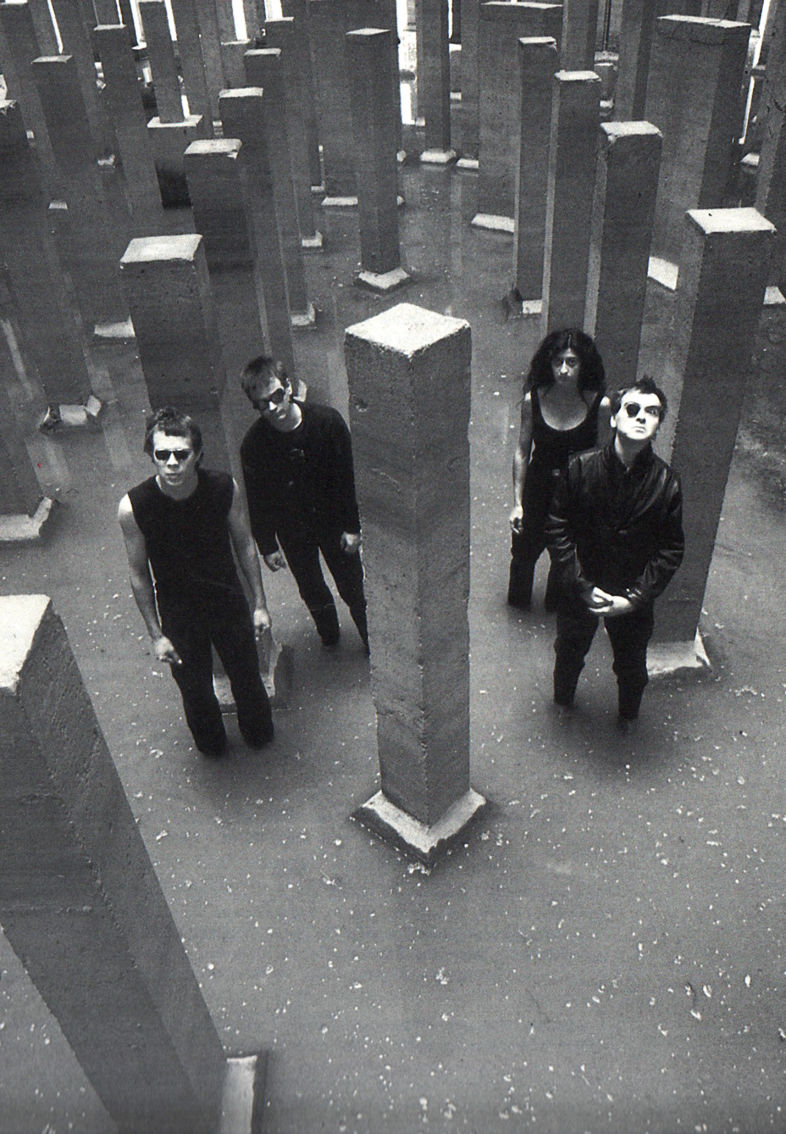
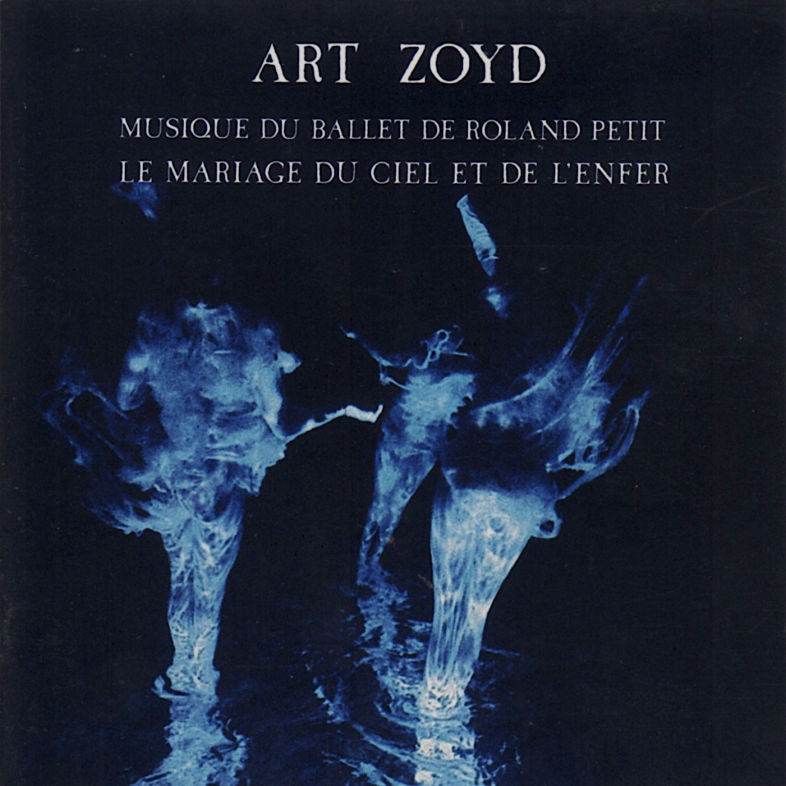
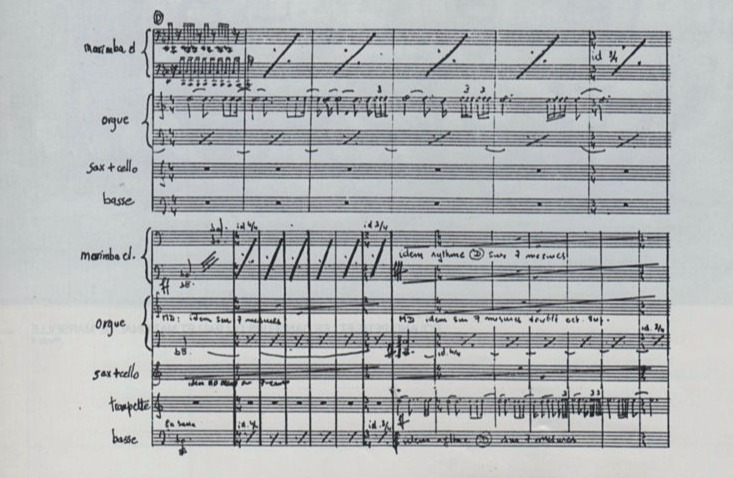
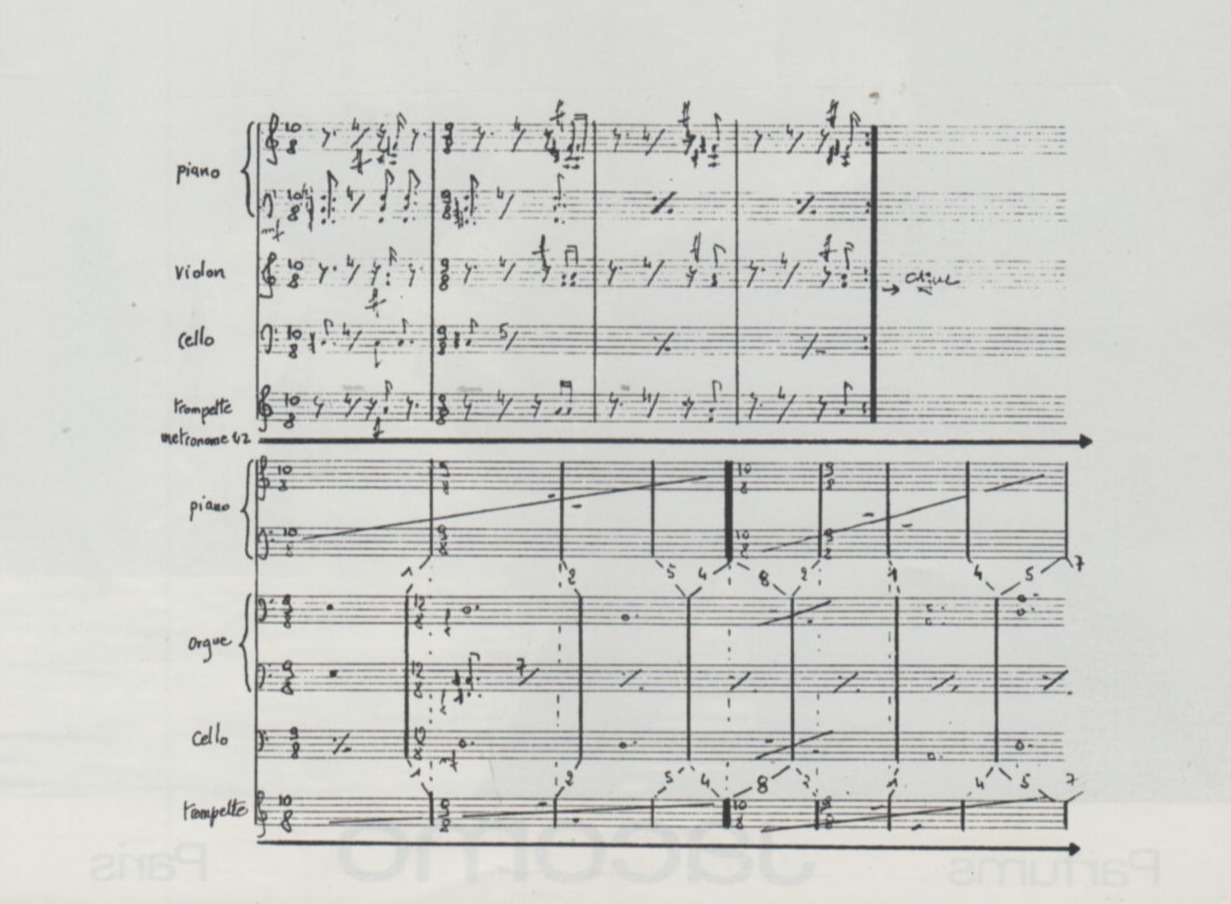
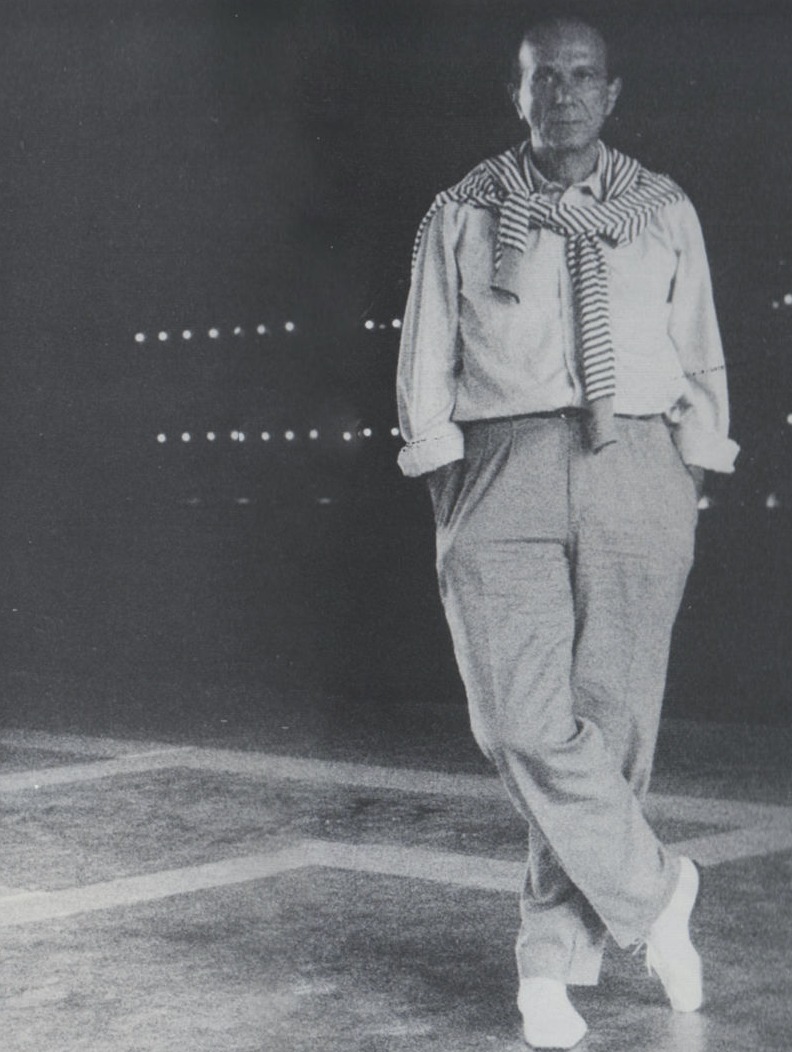
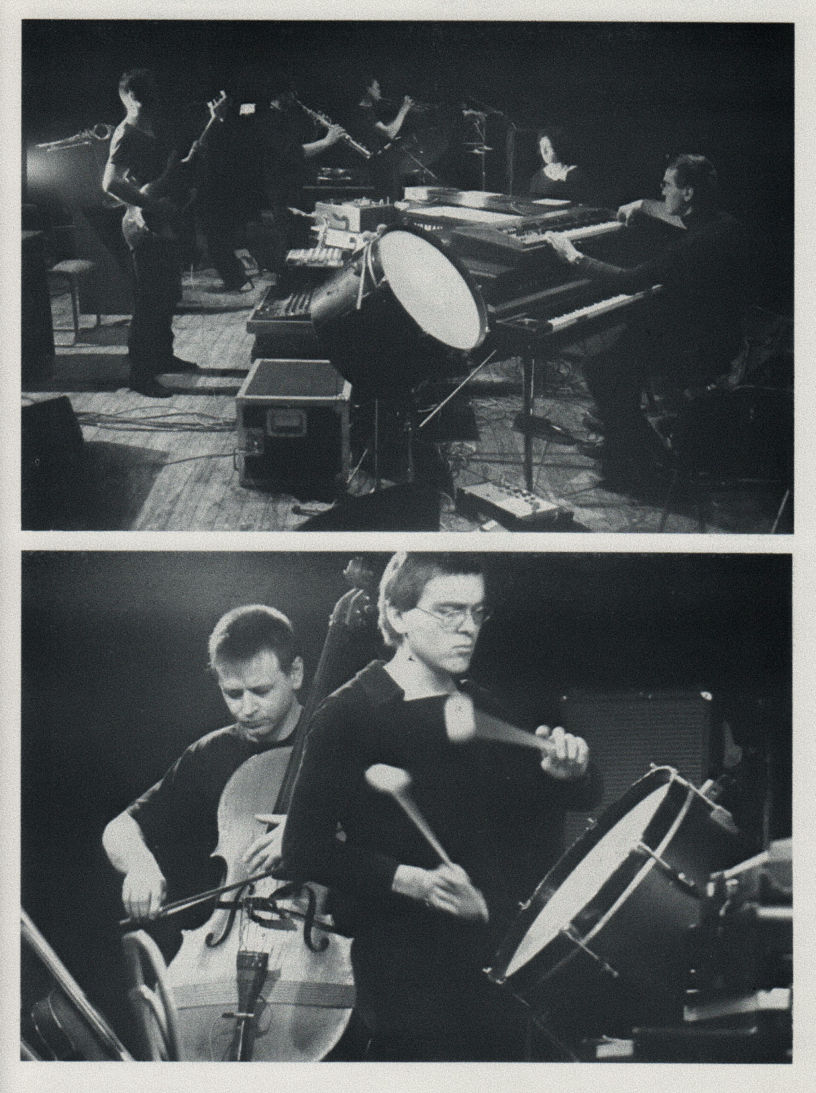

SHARE | PARTAGEZ